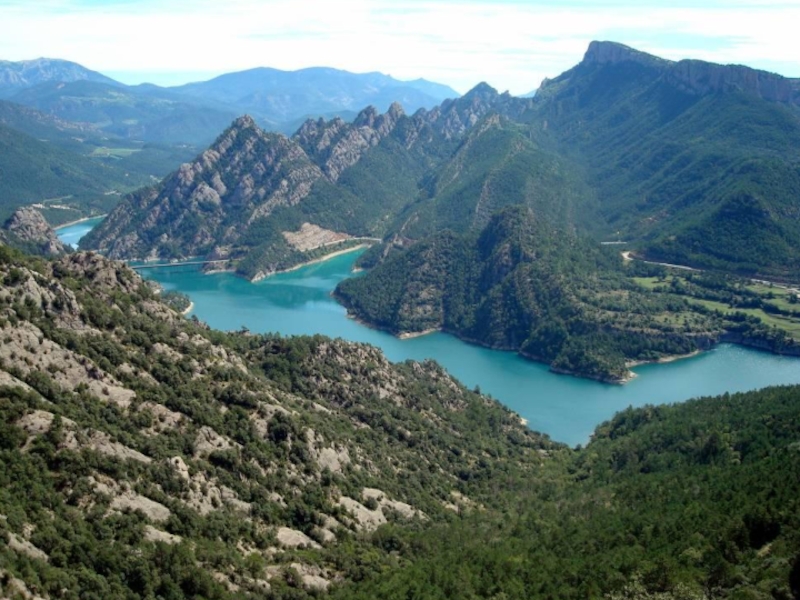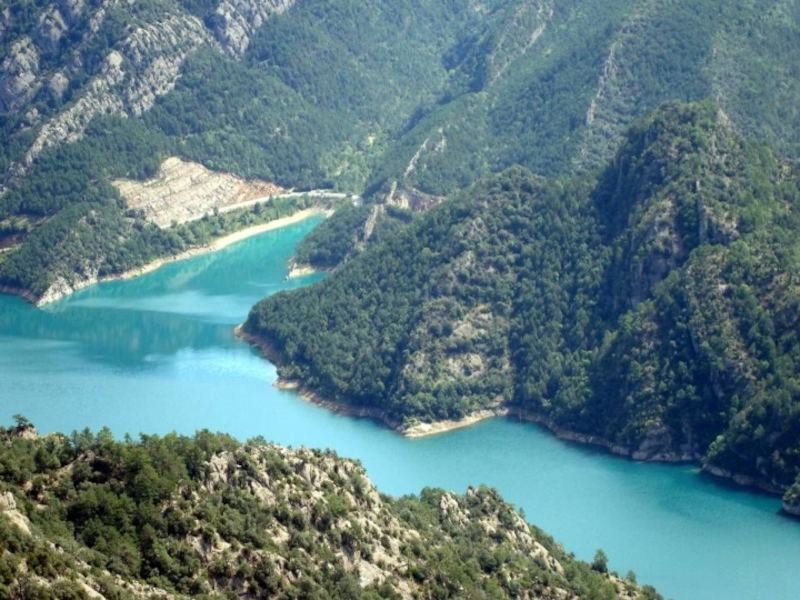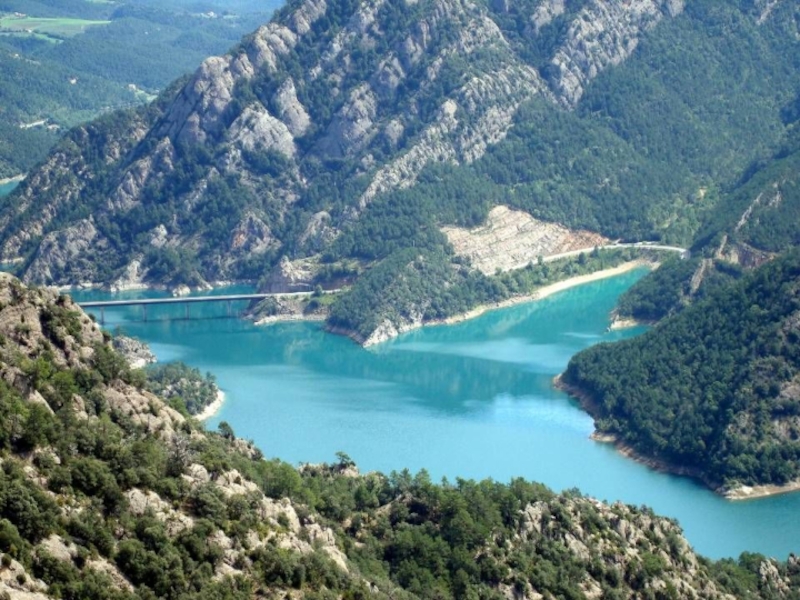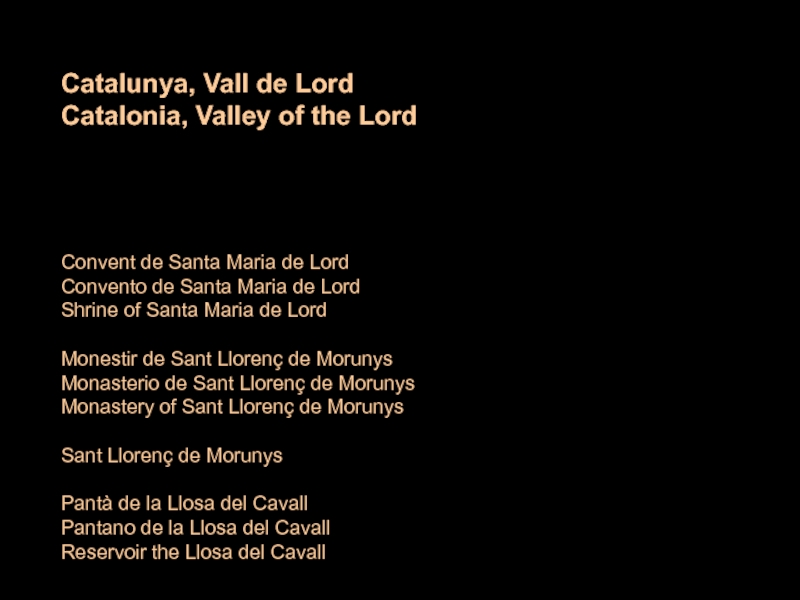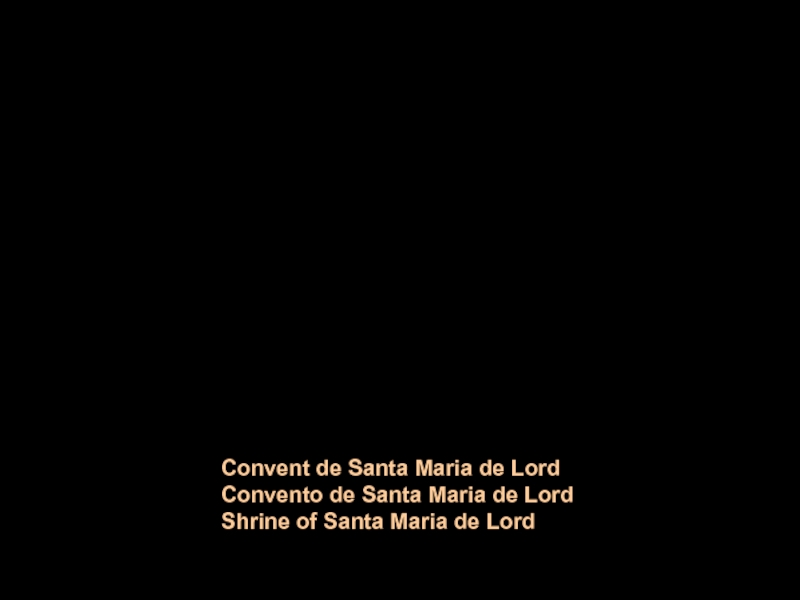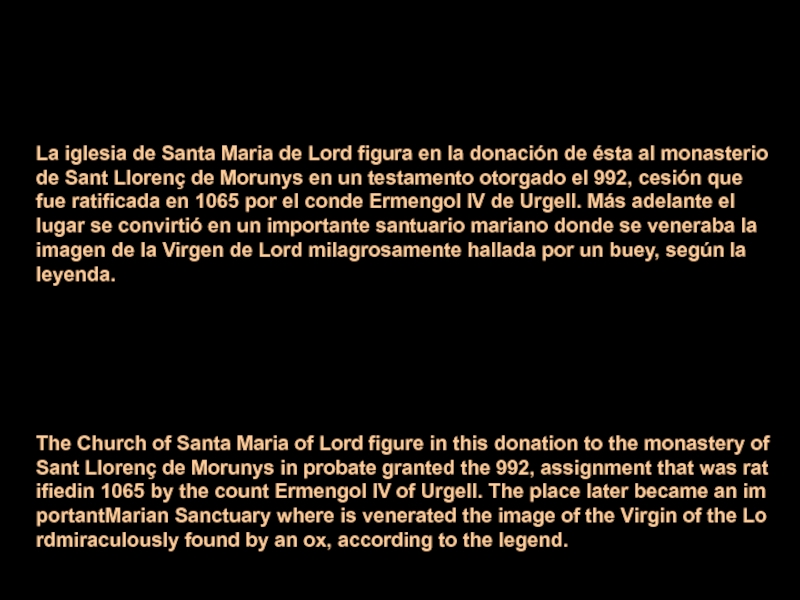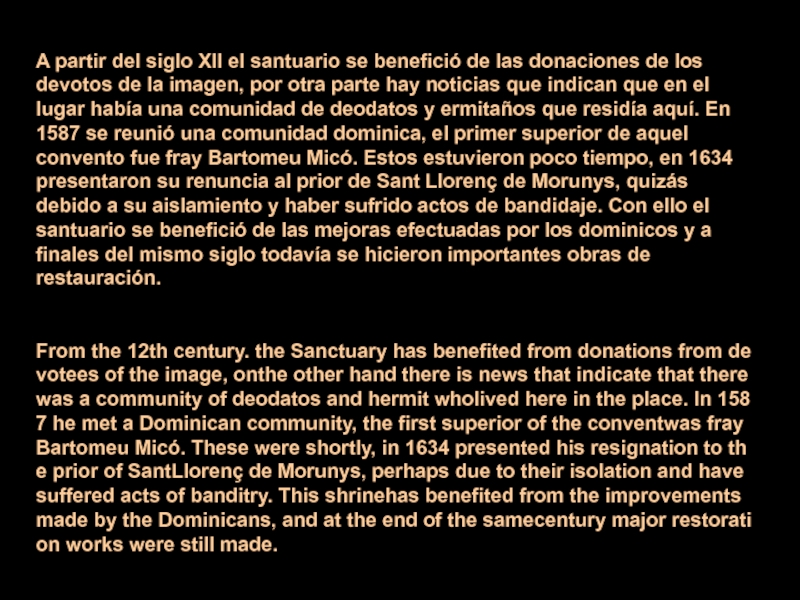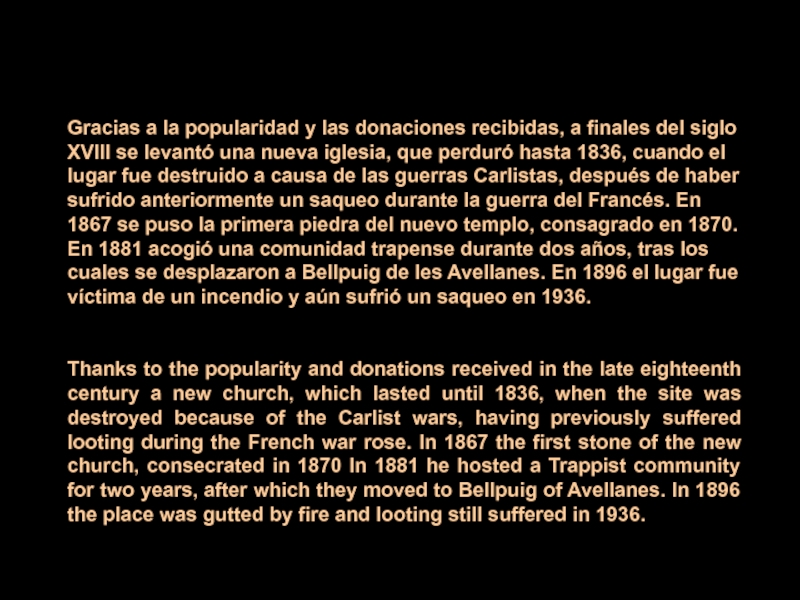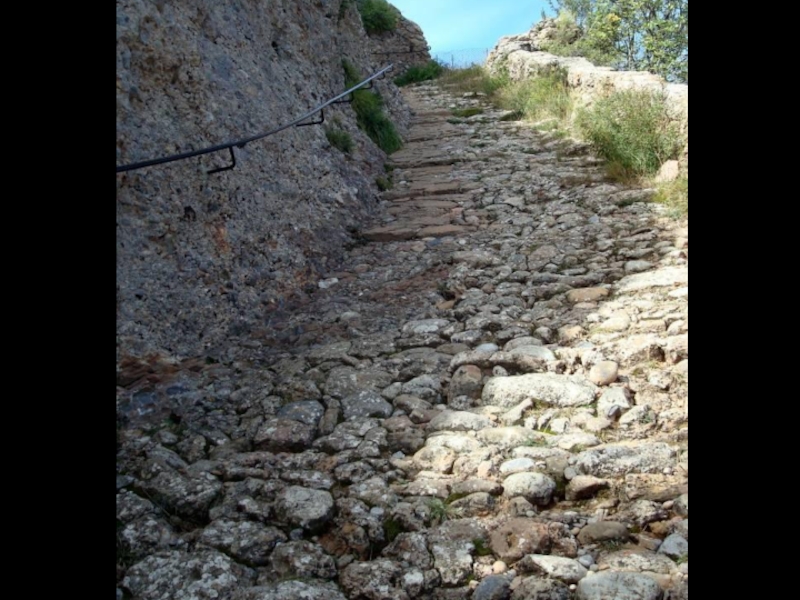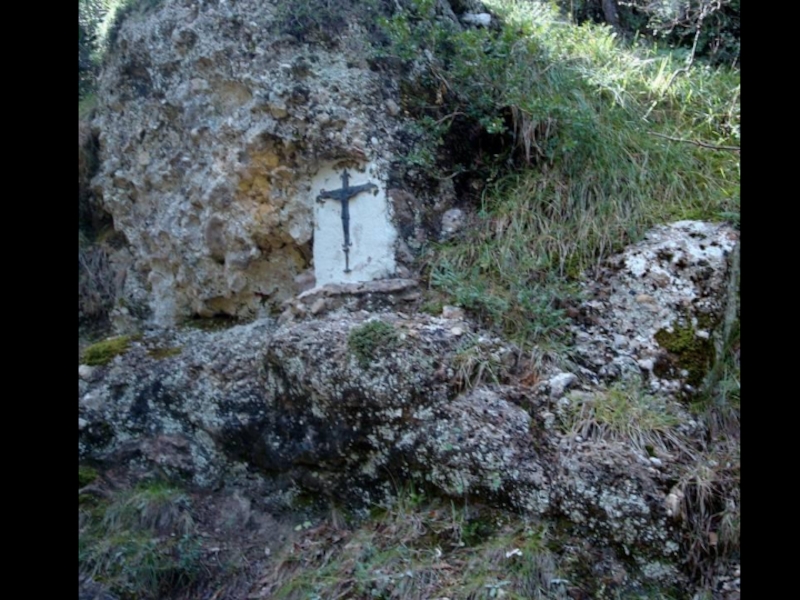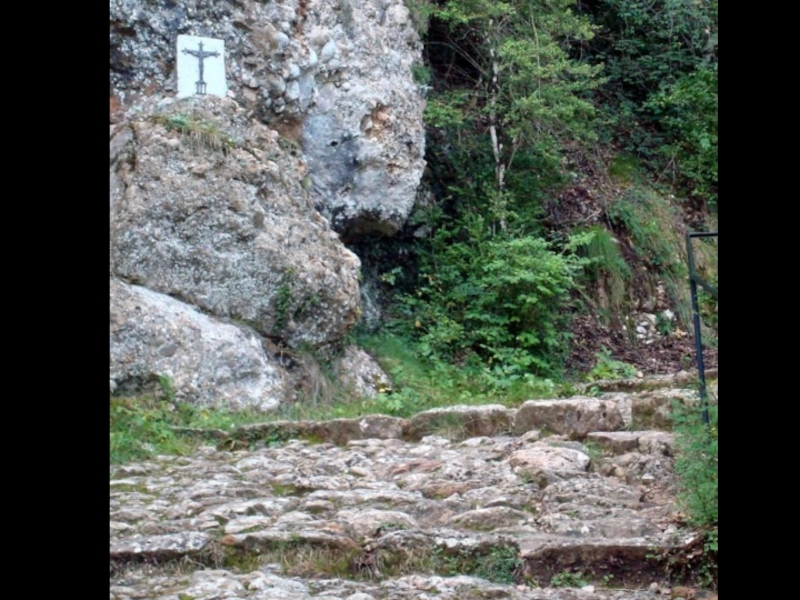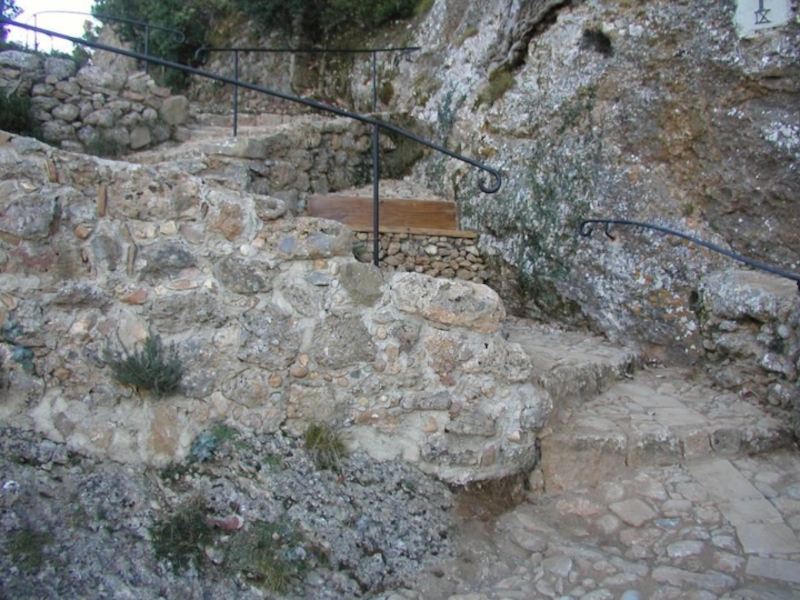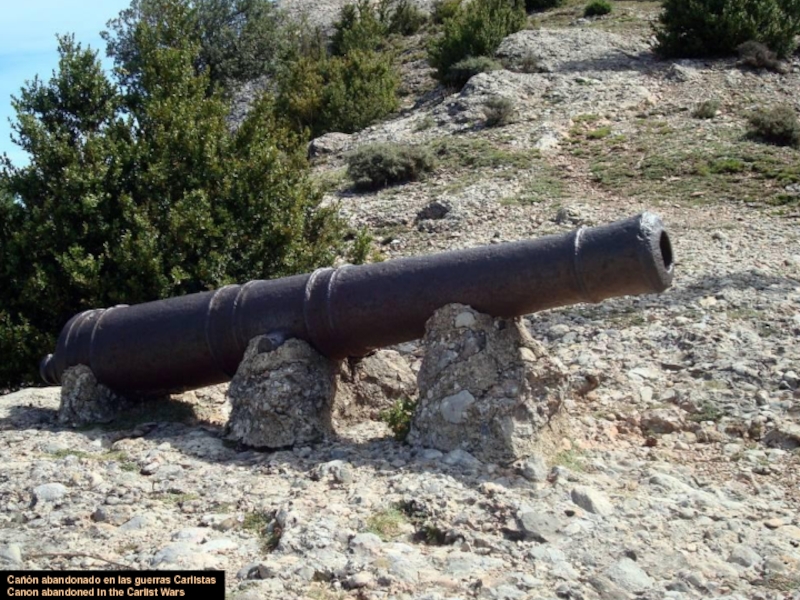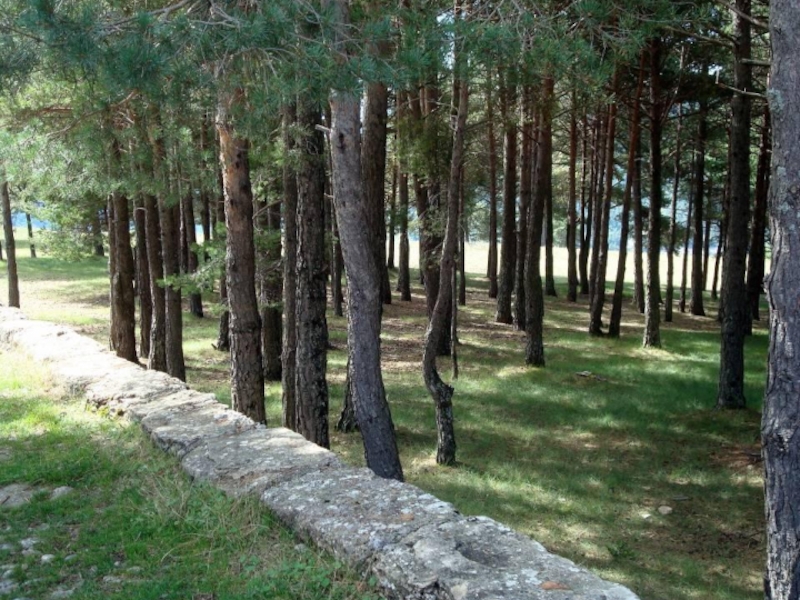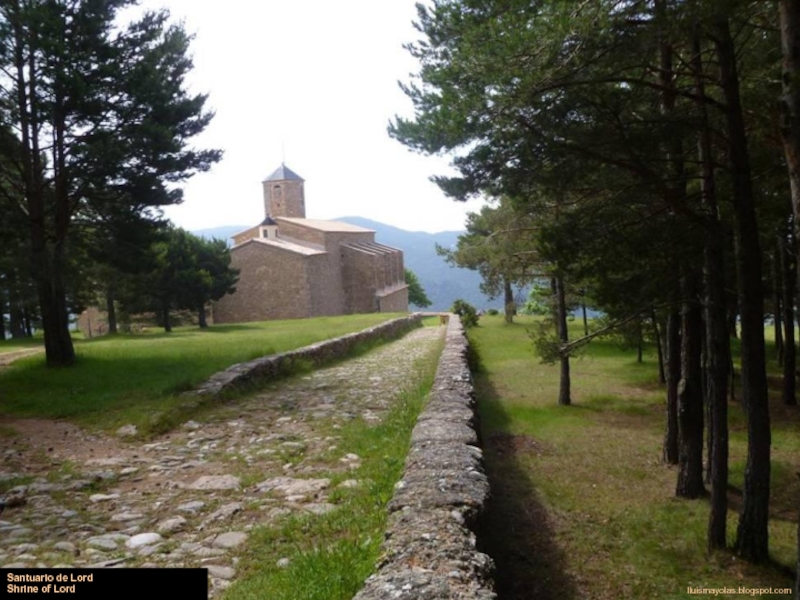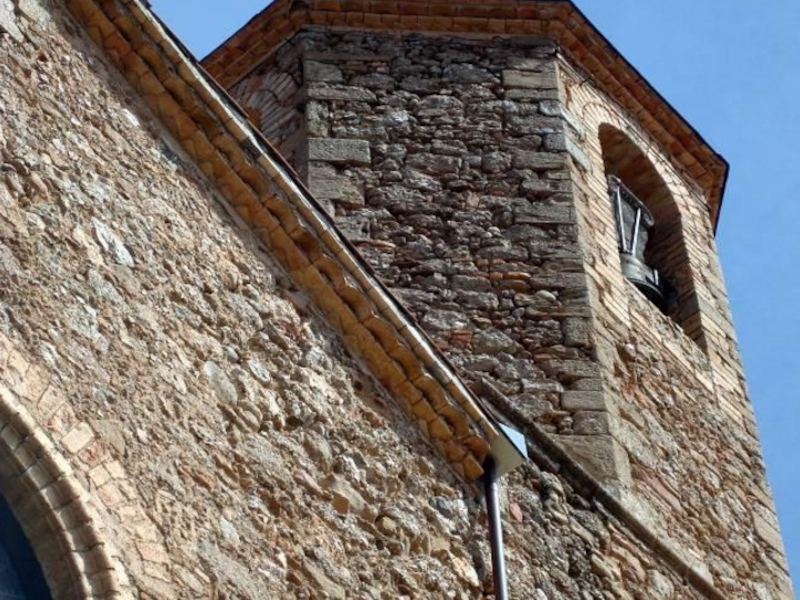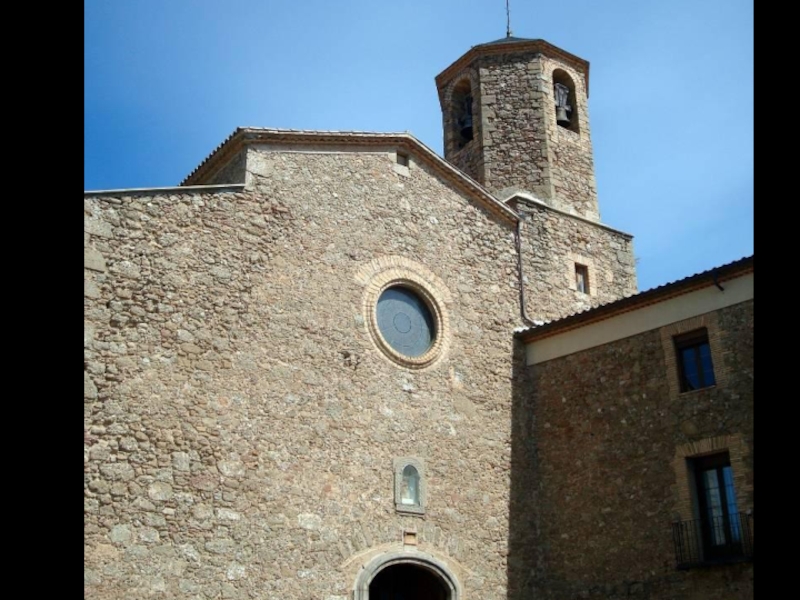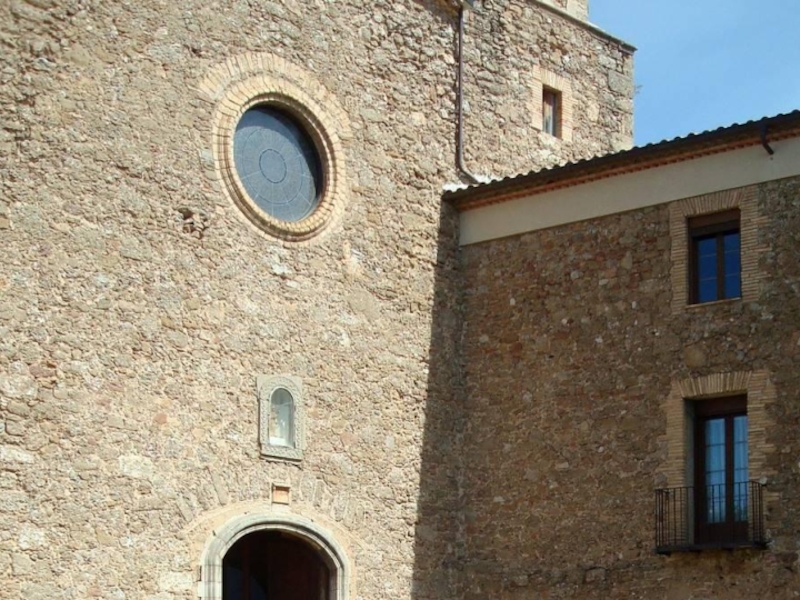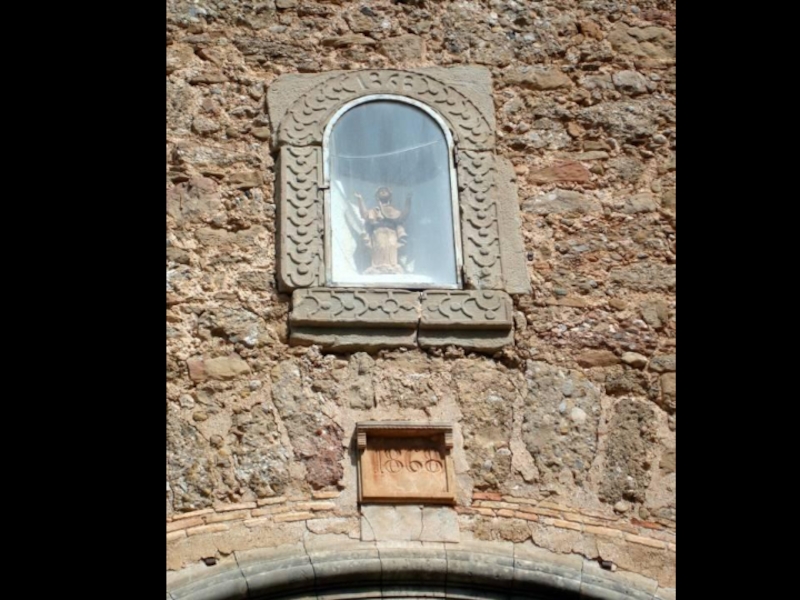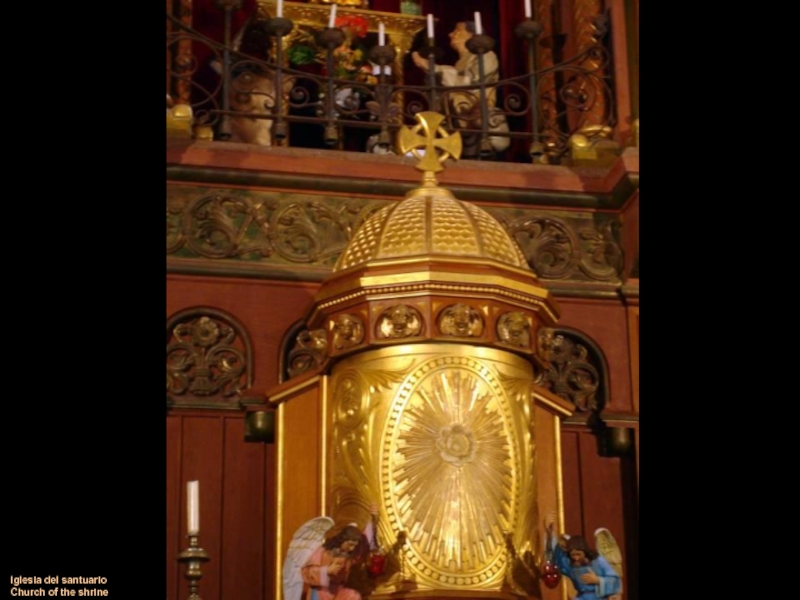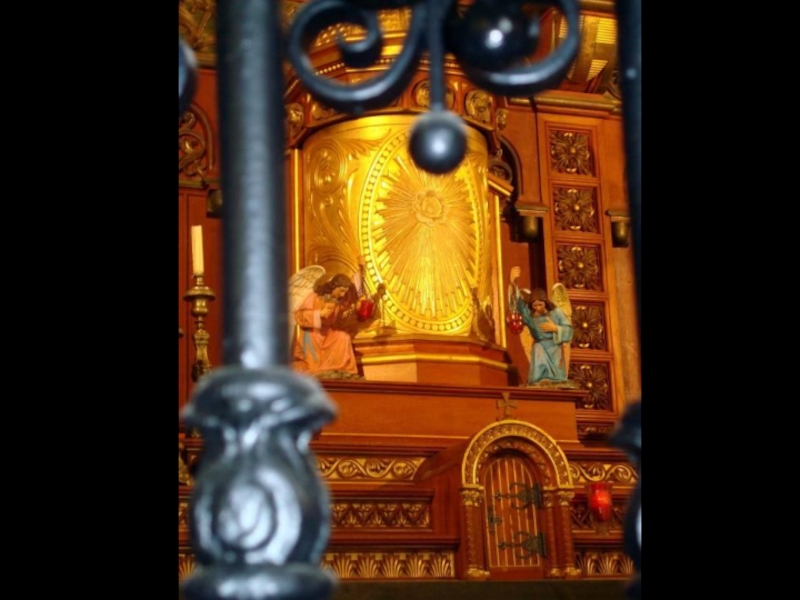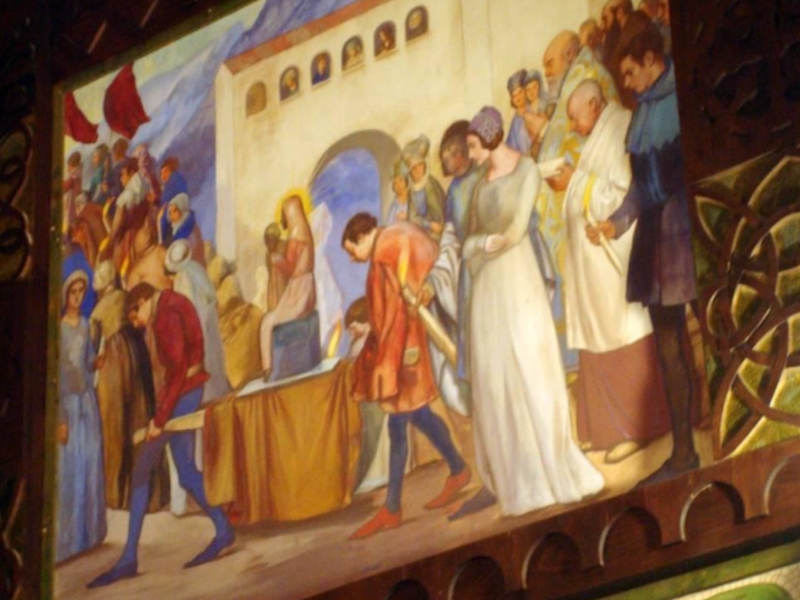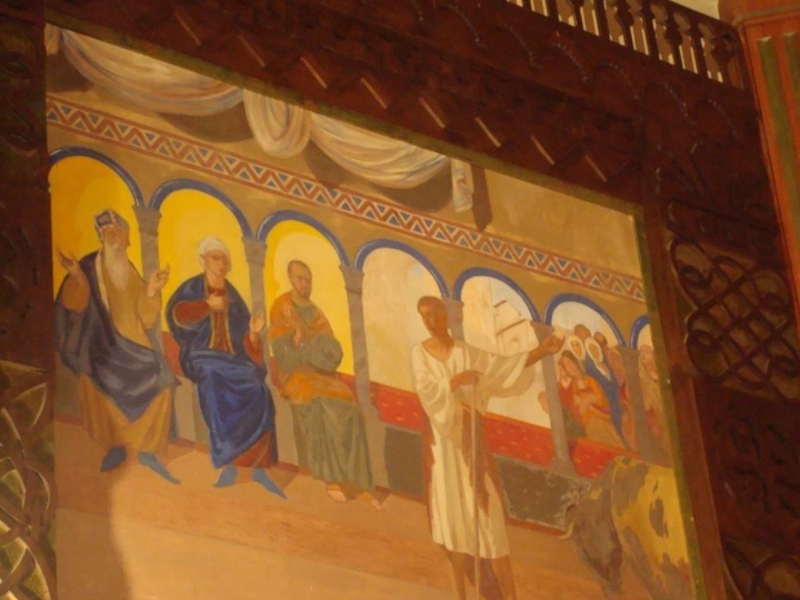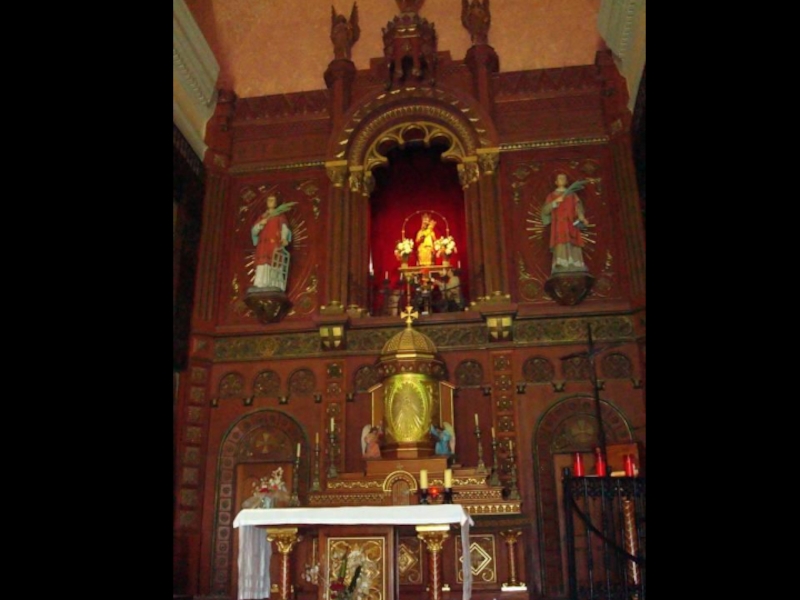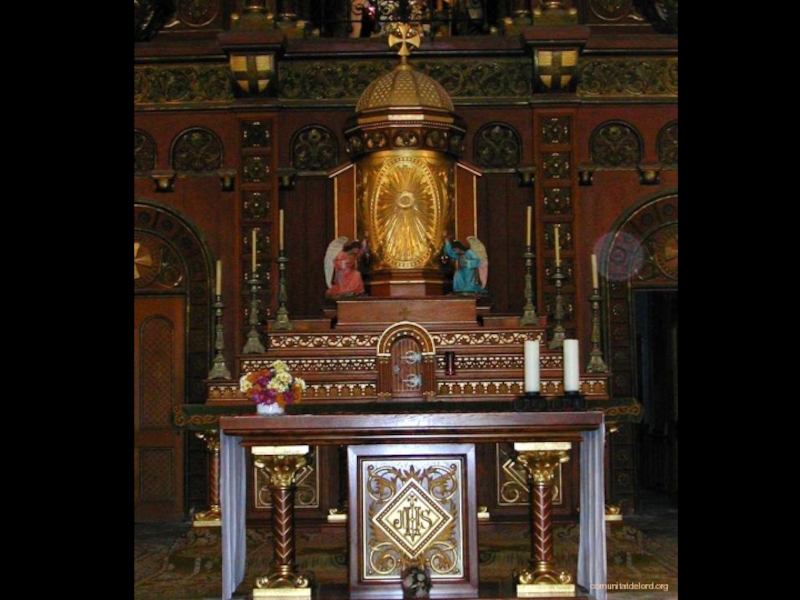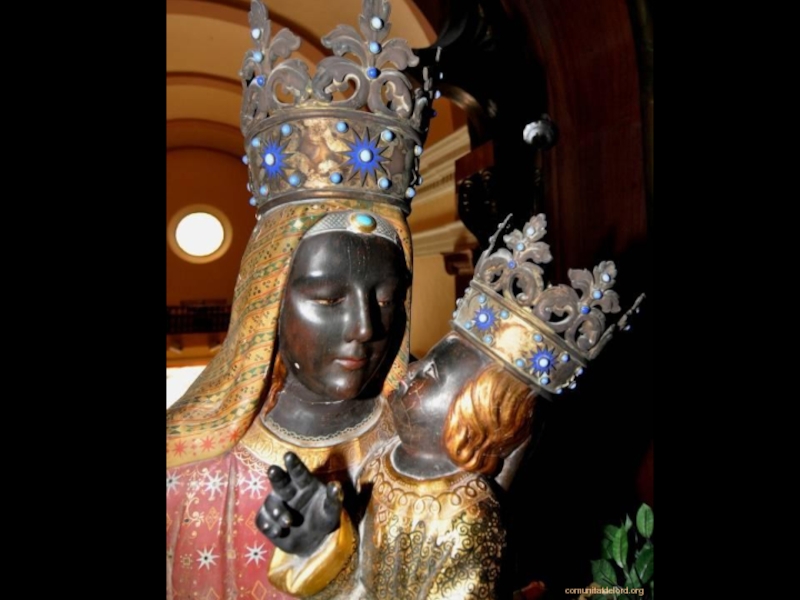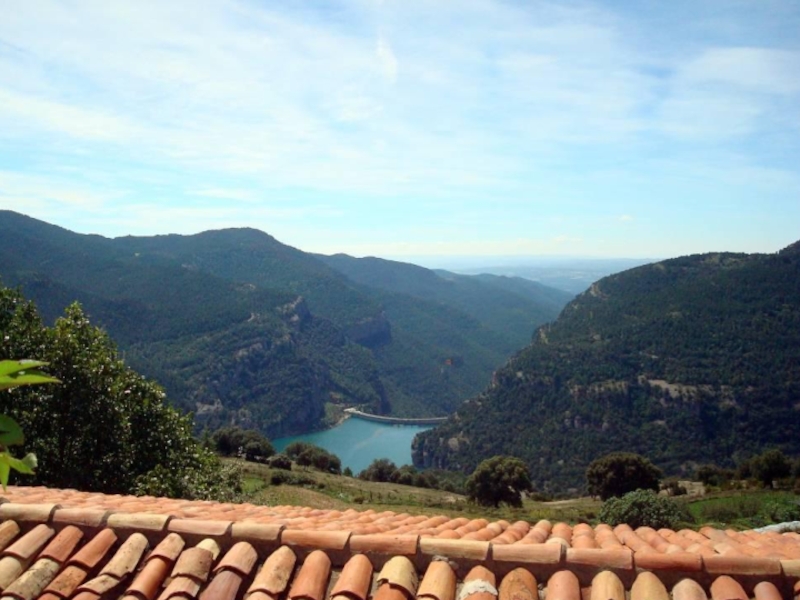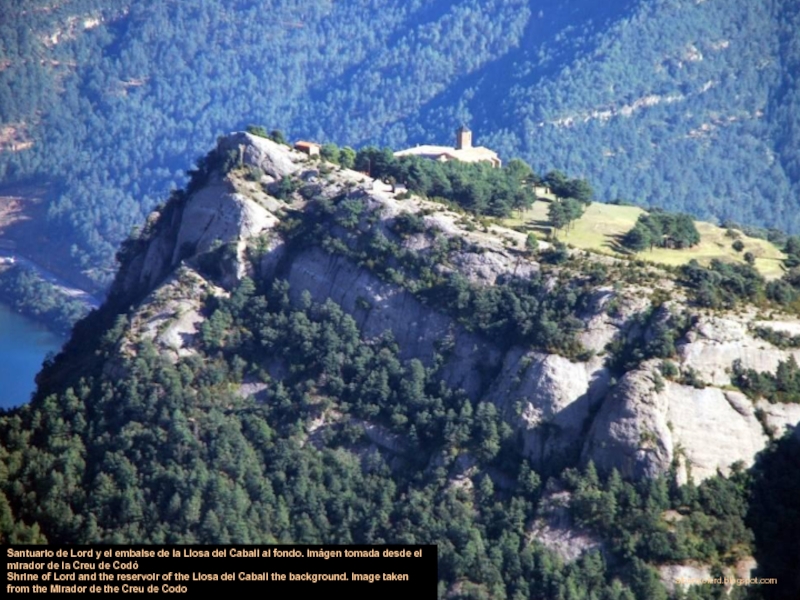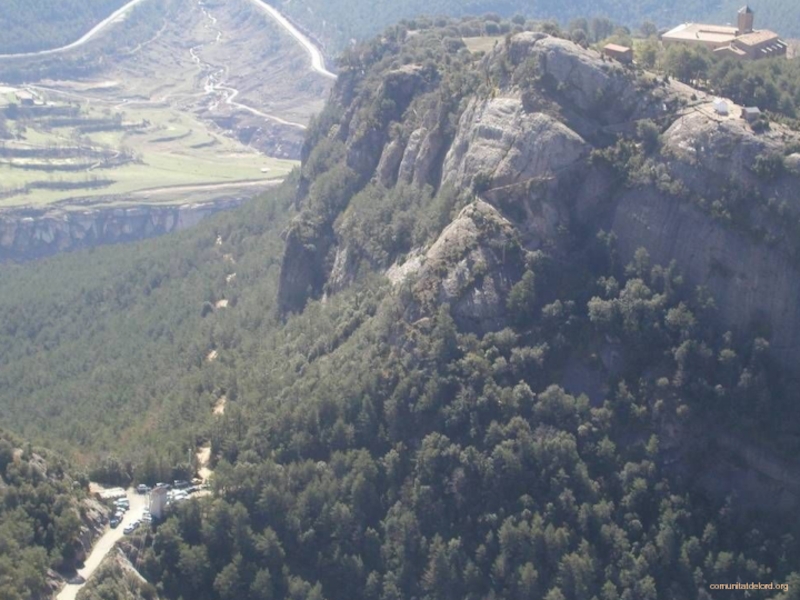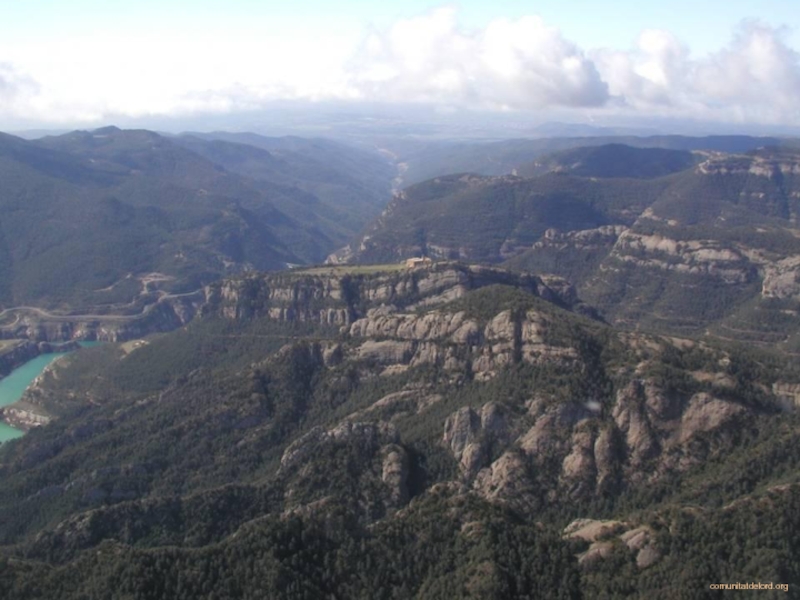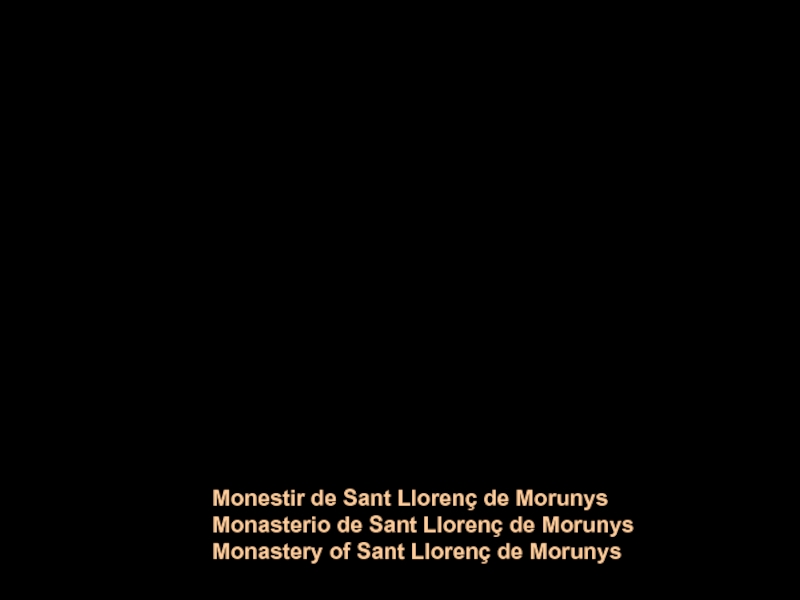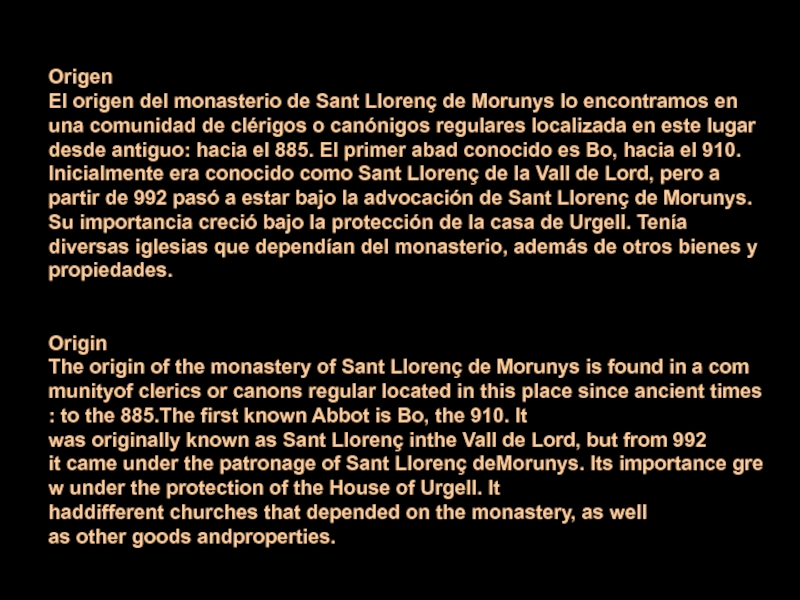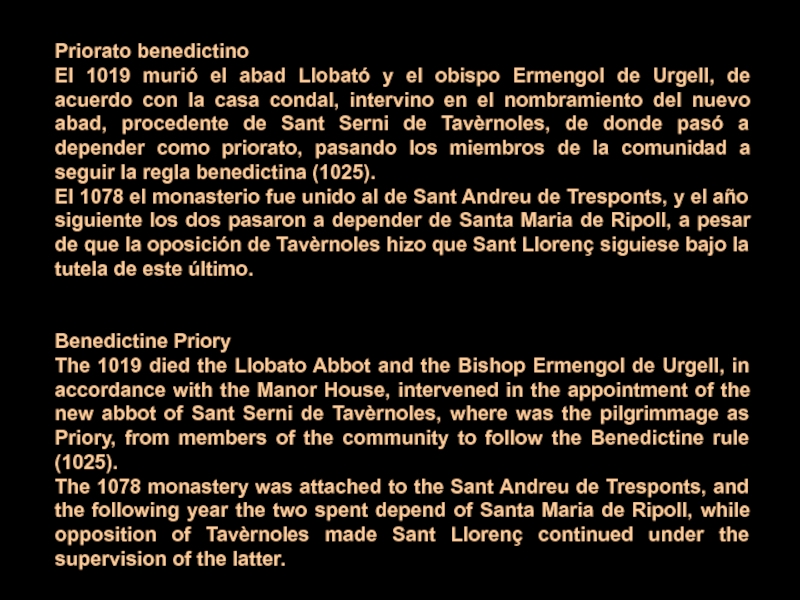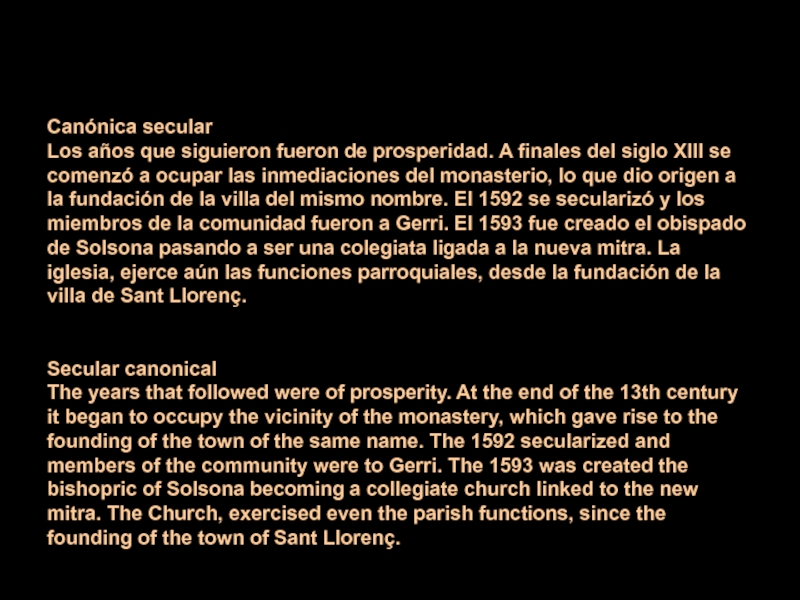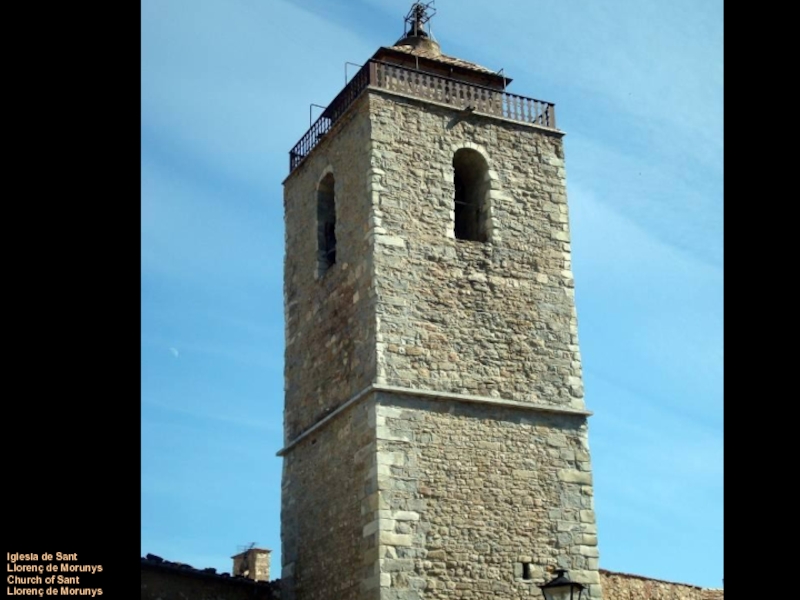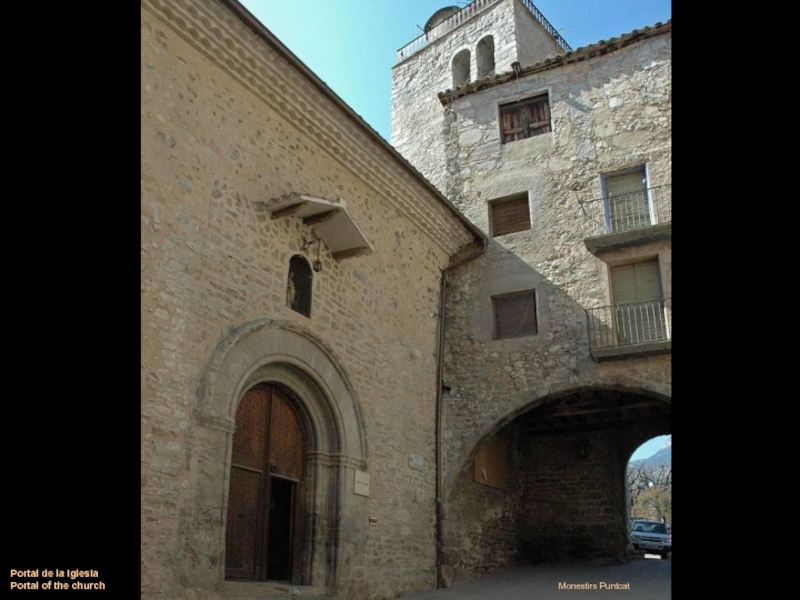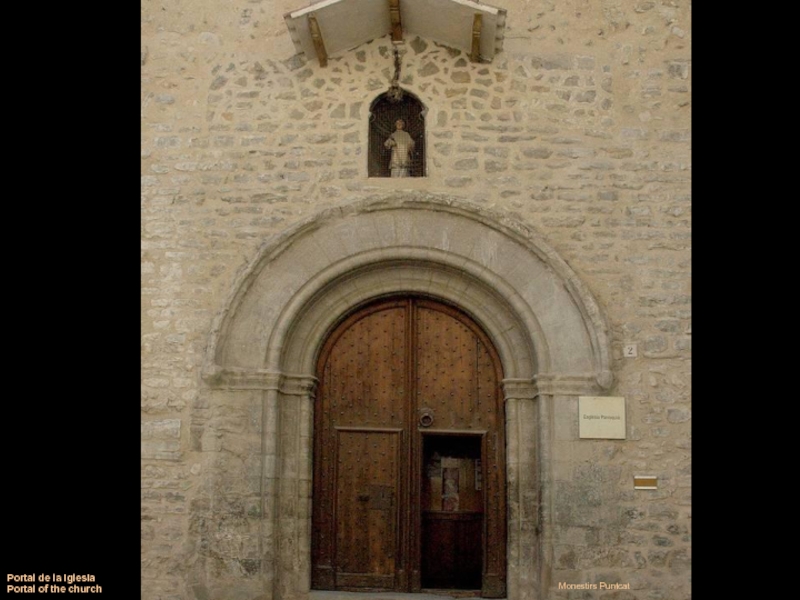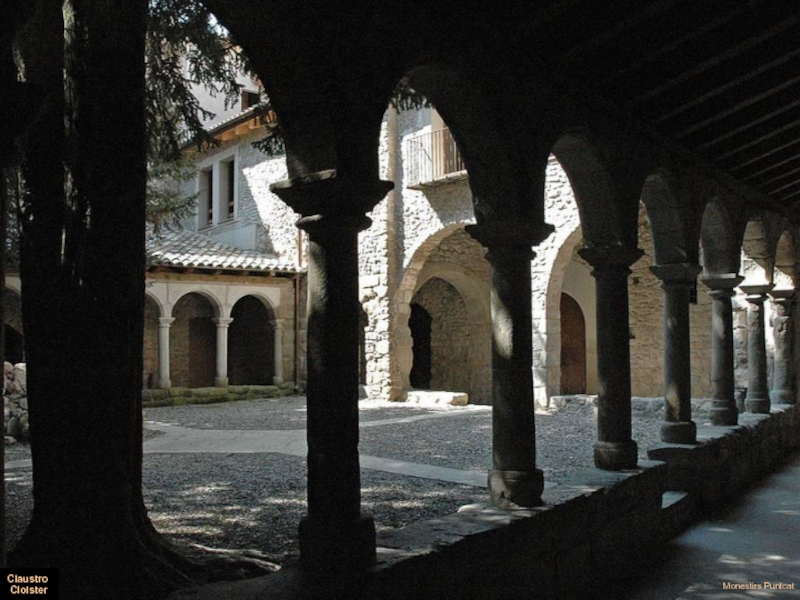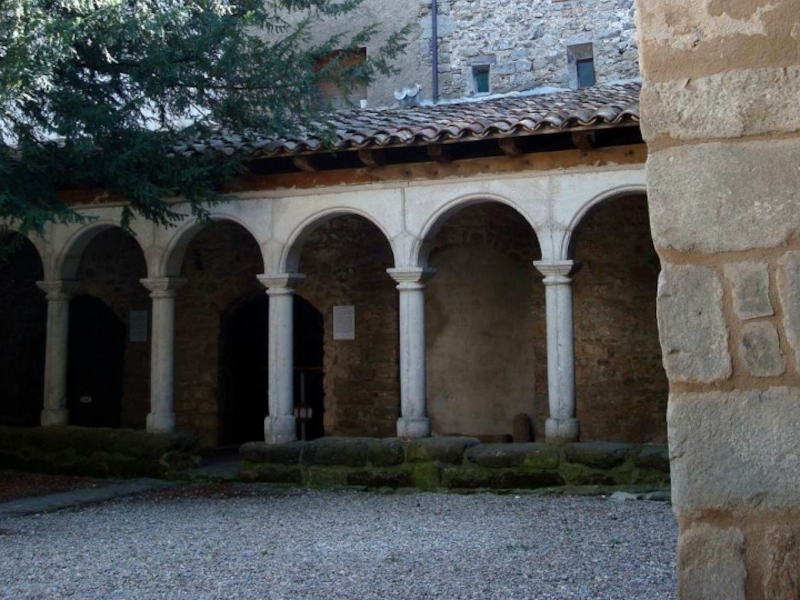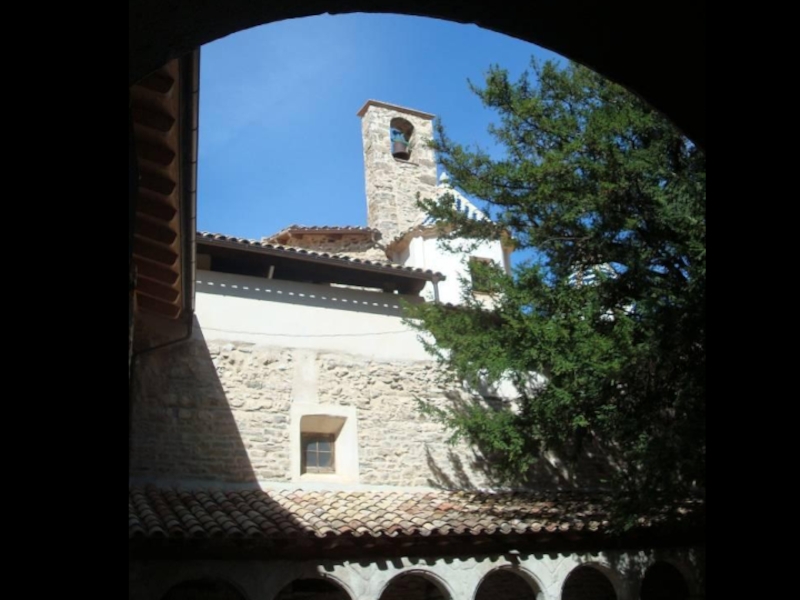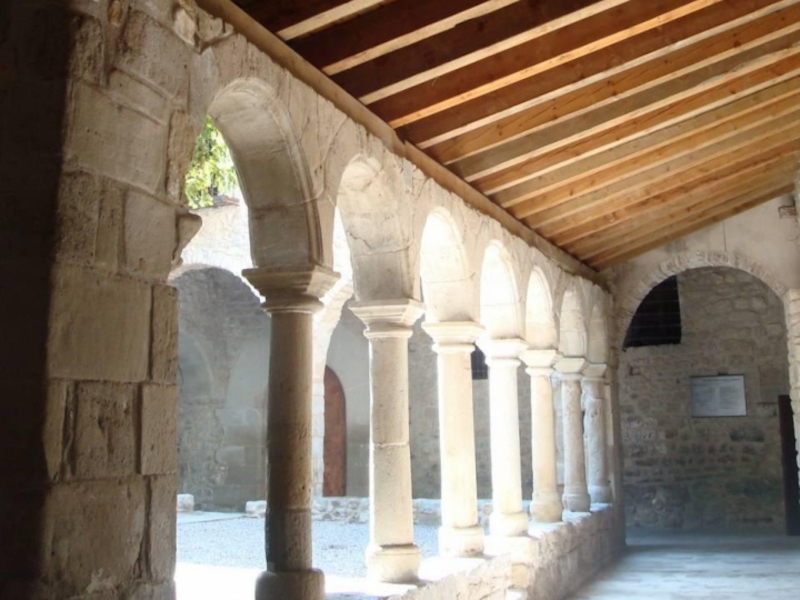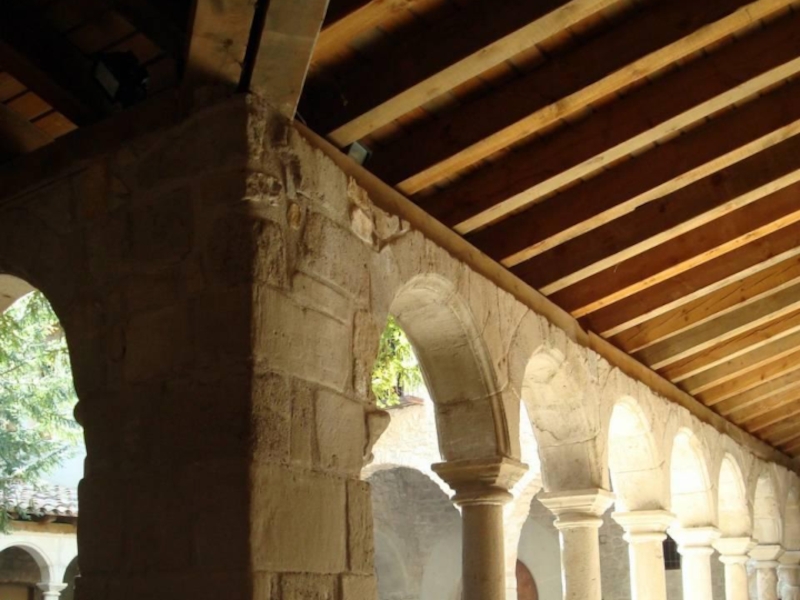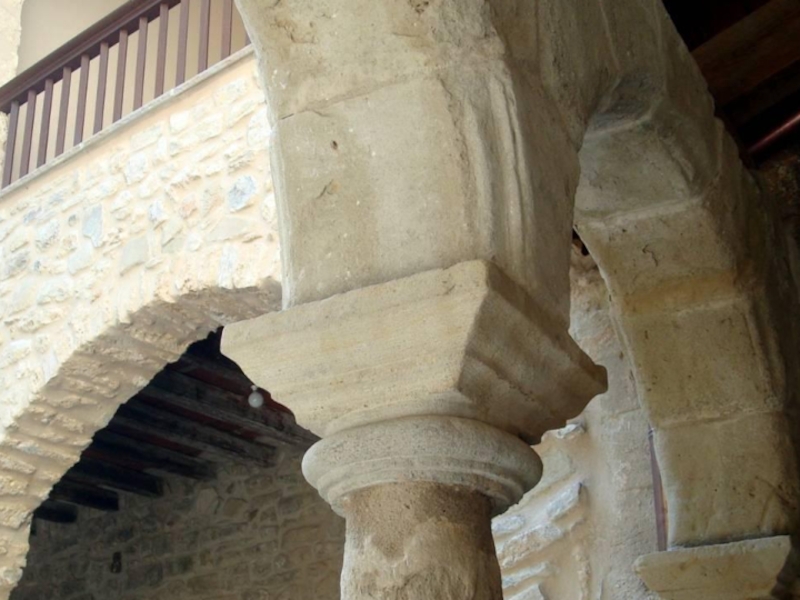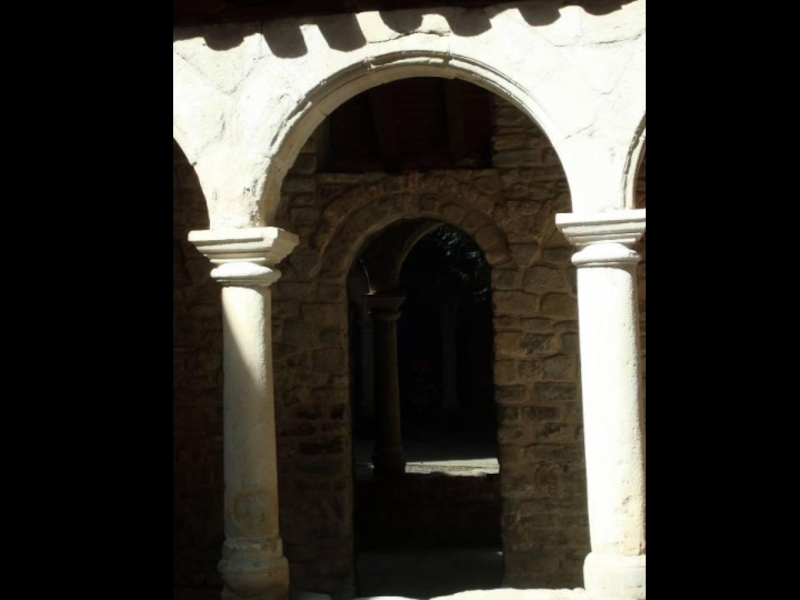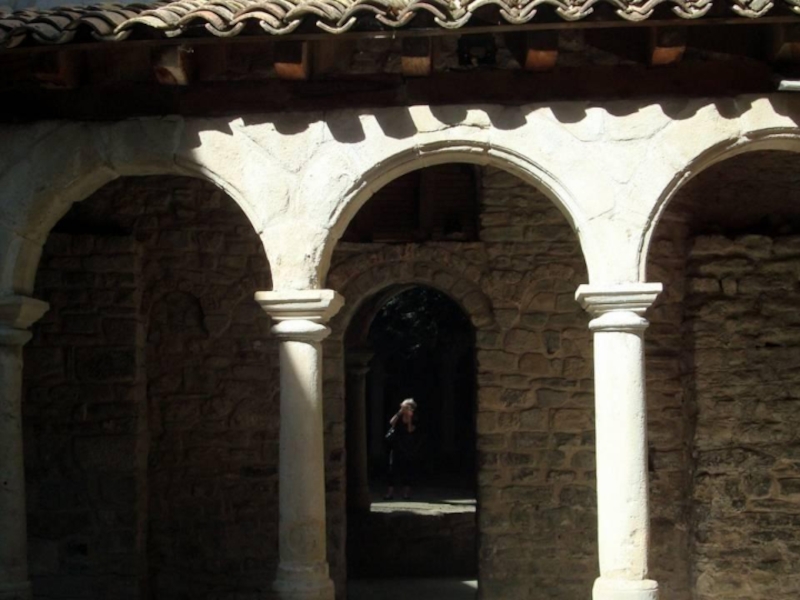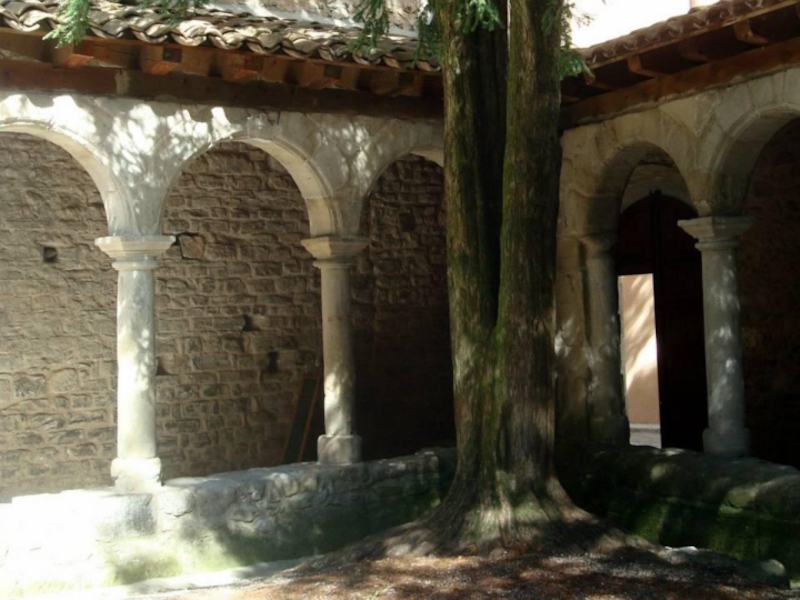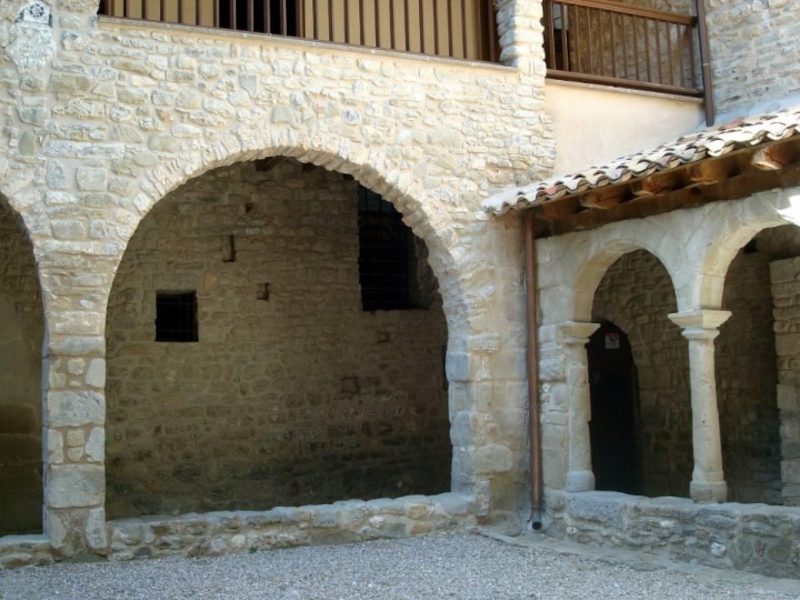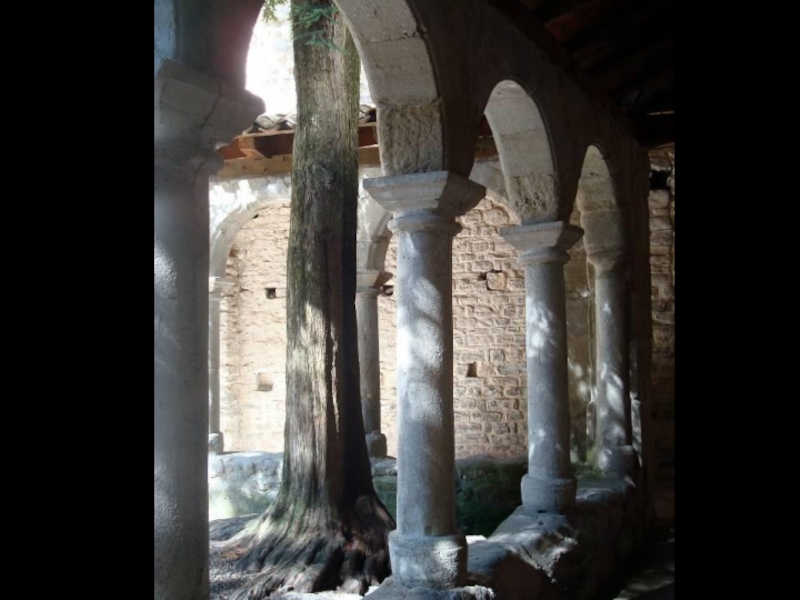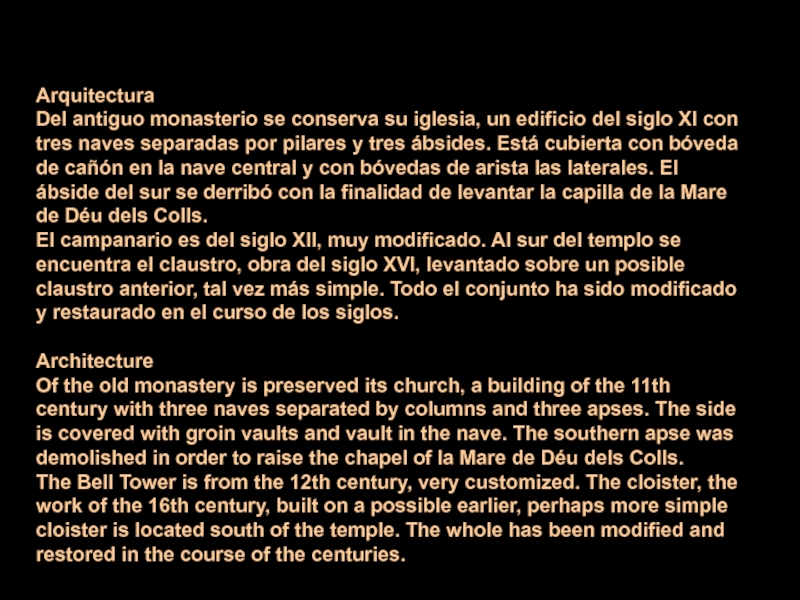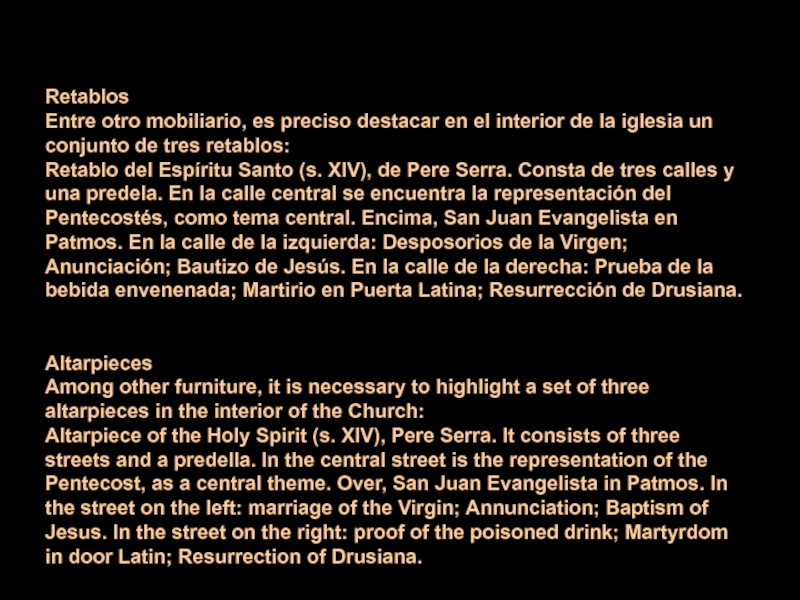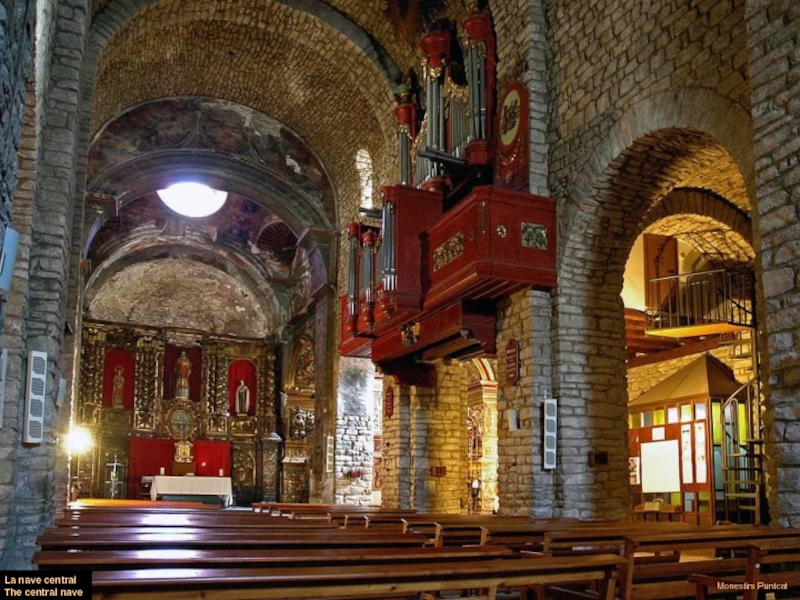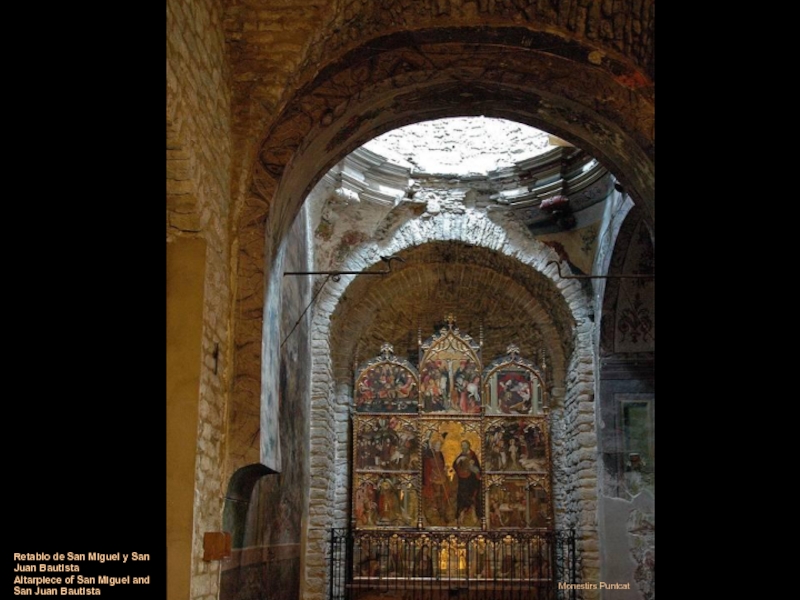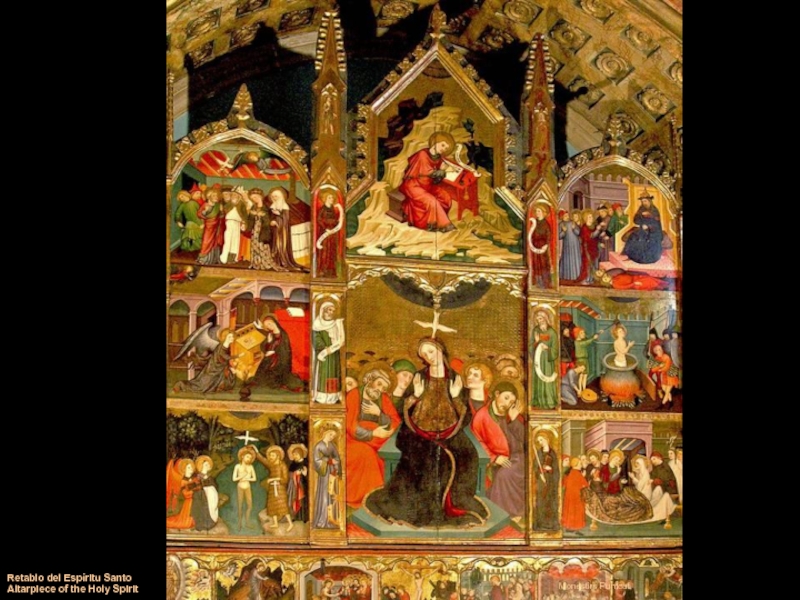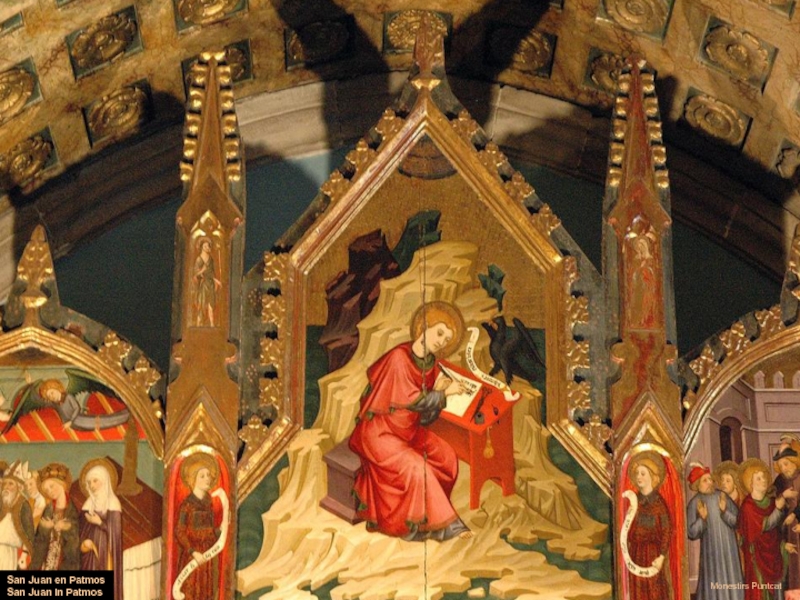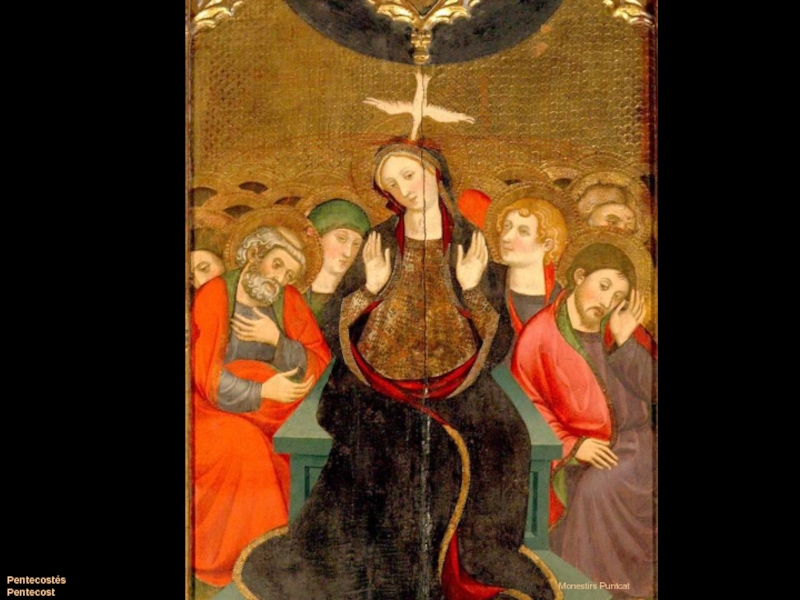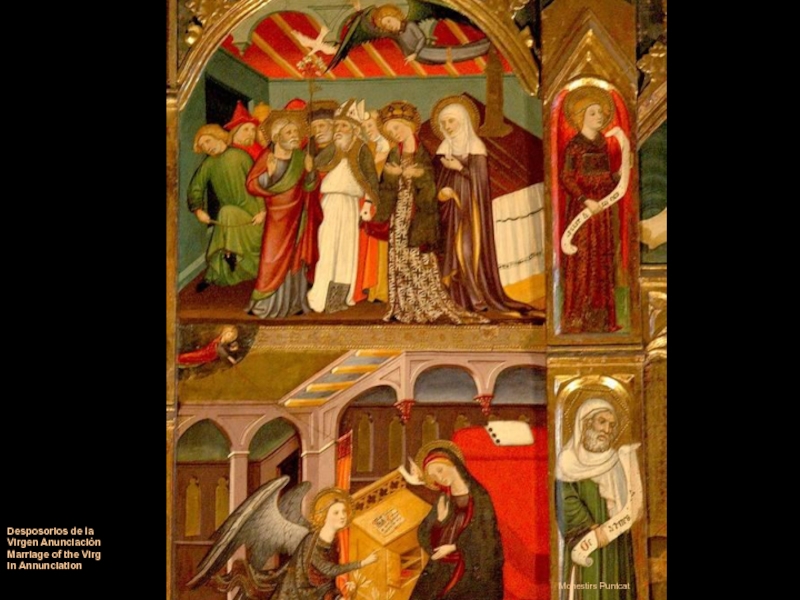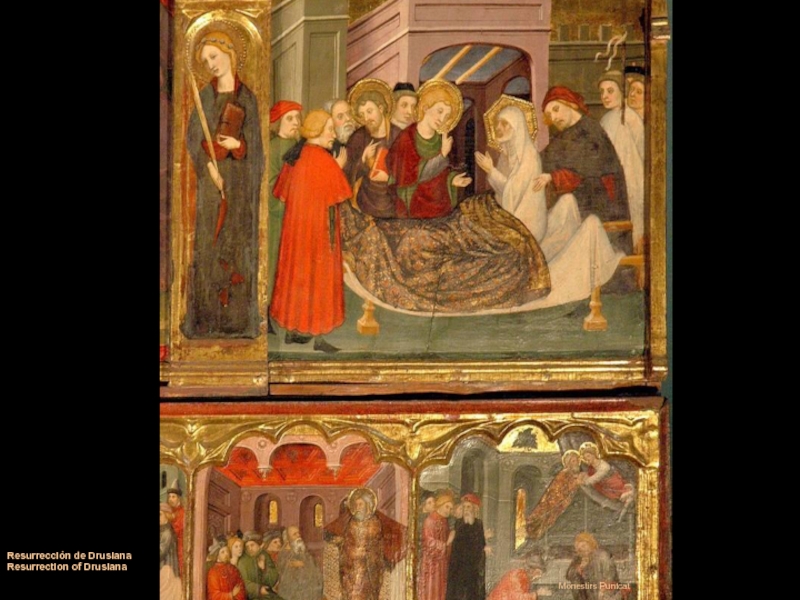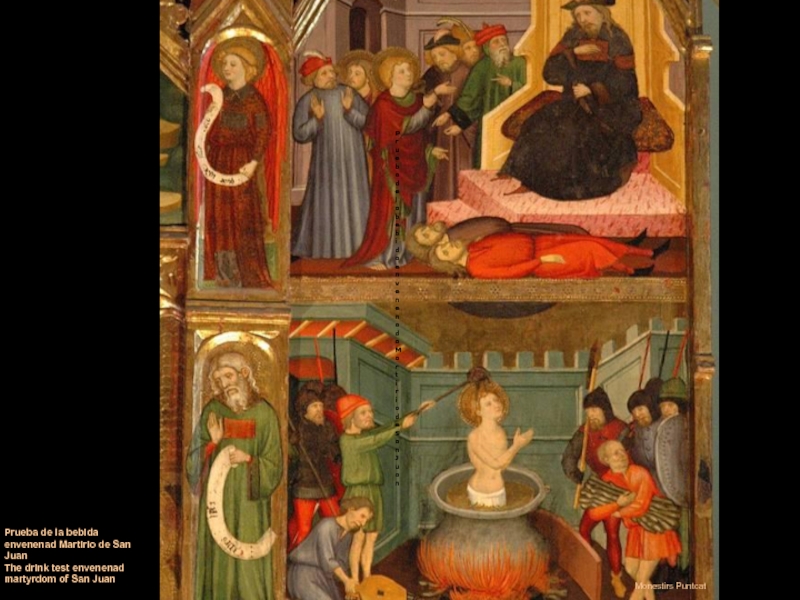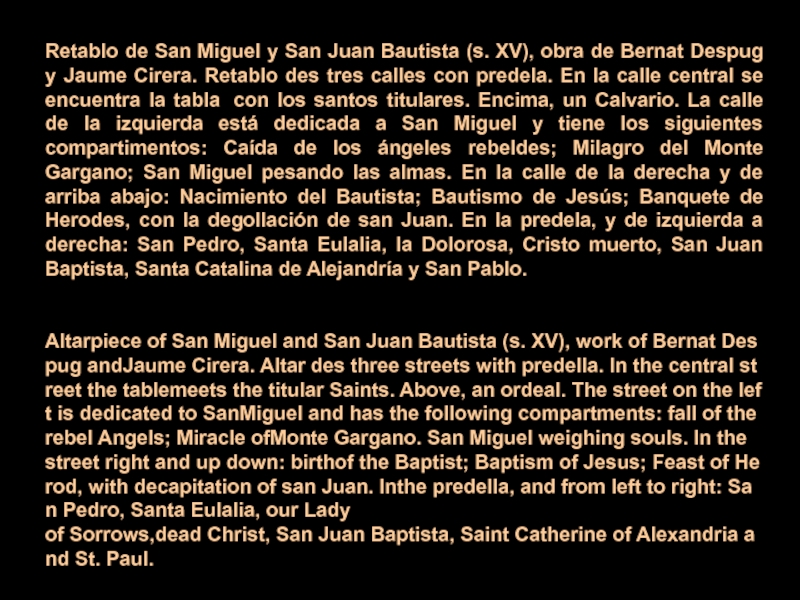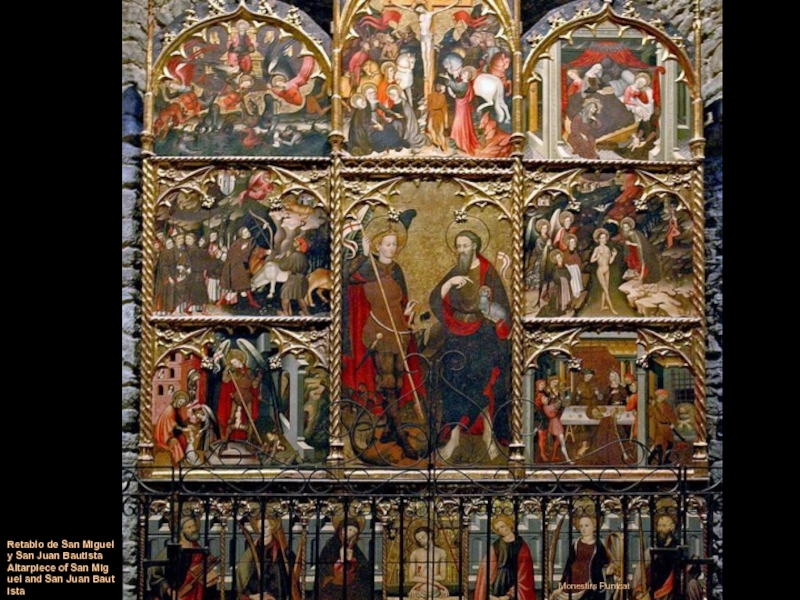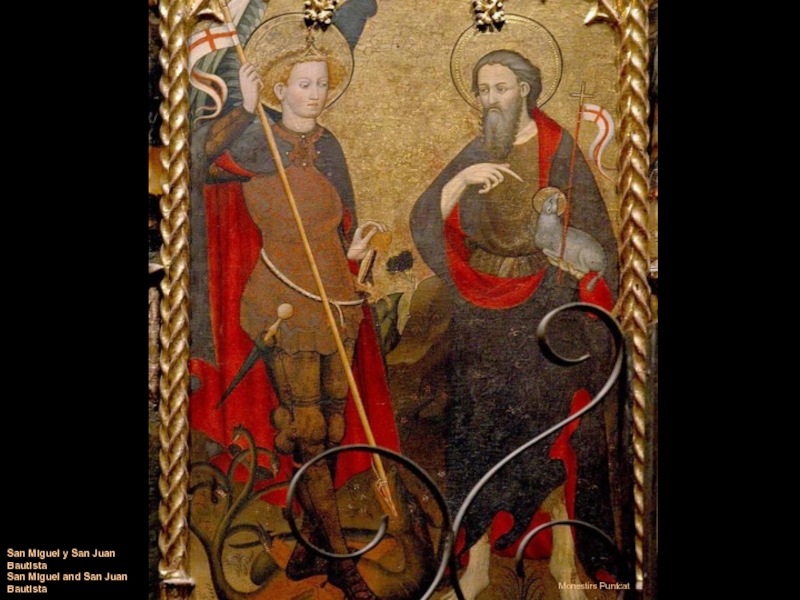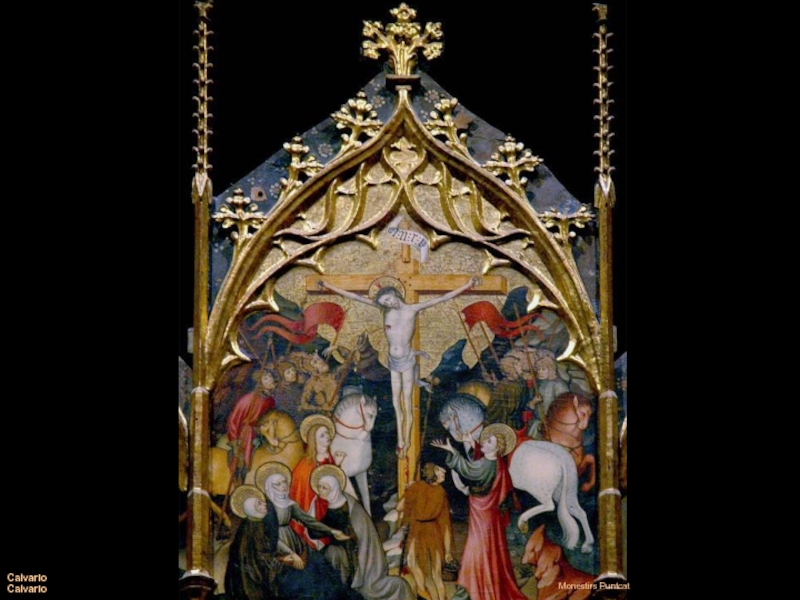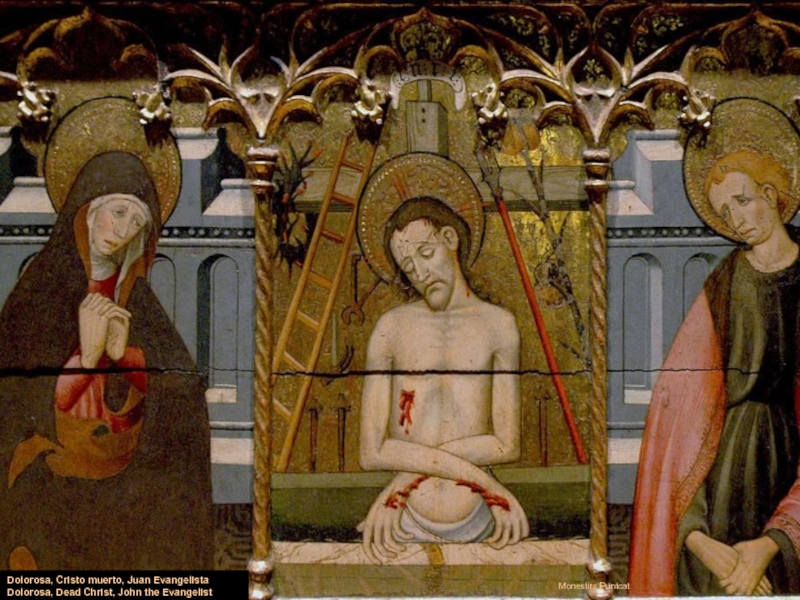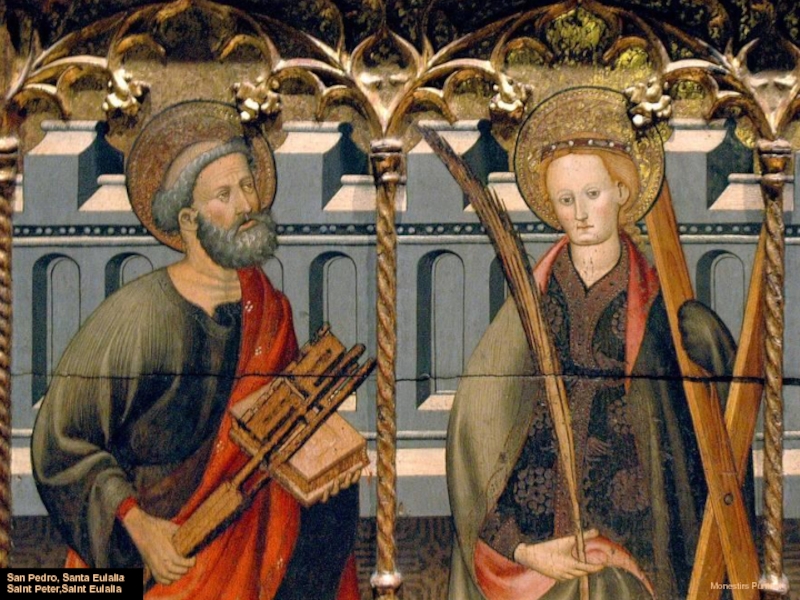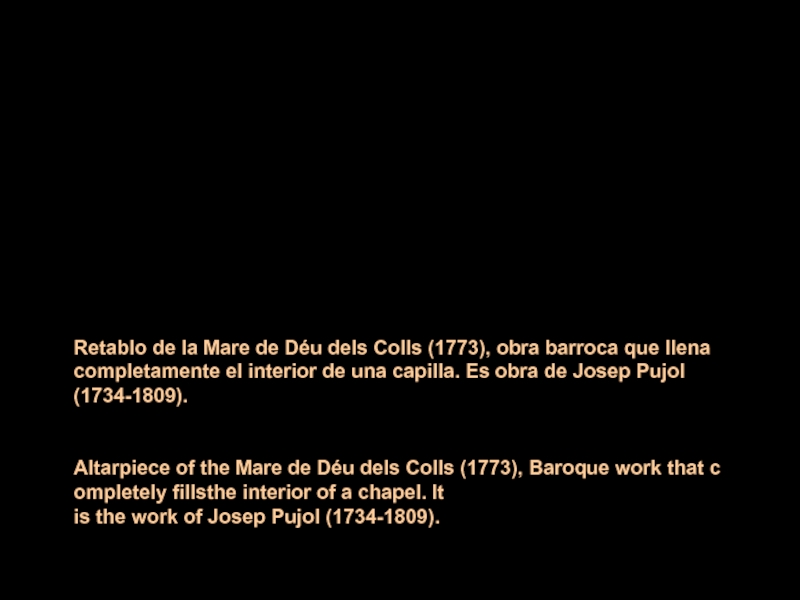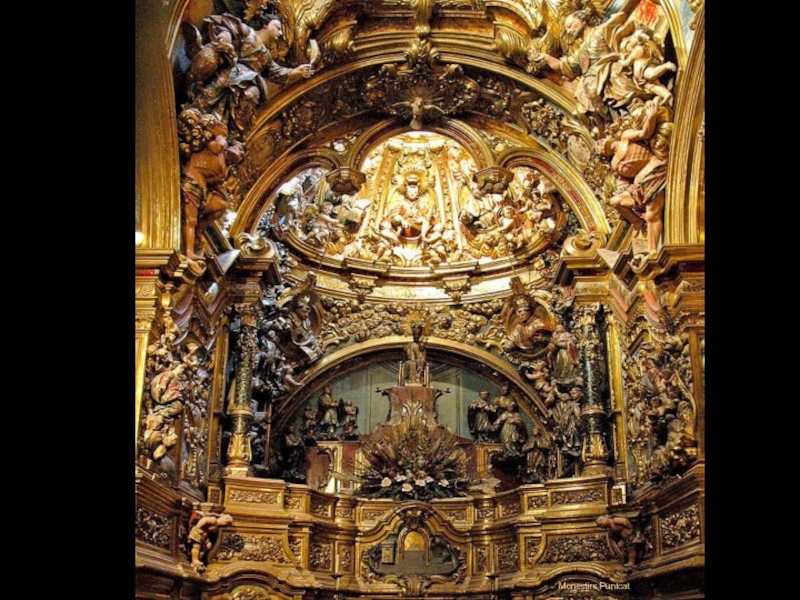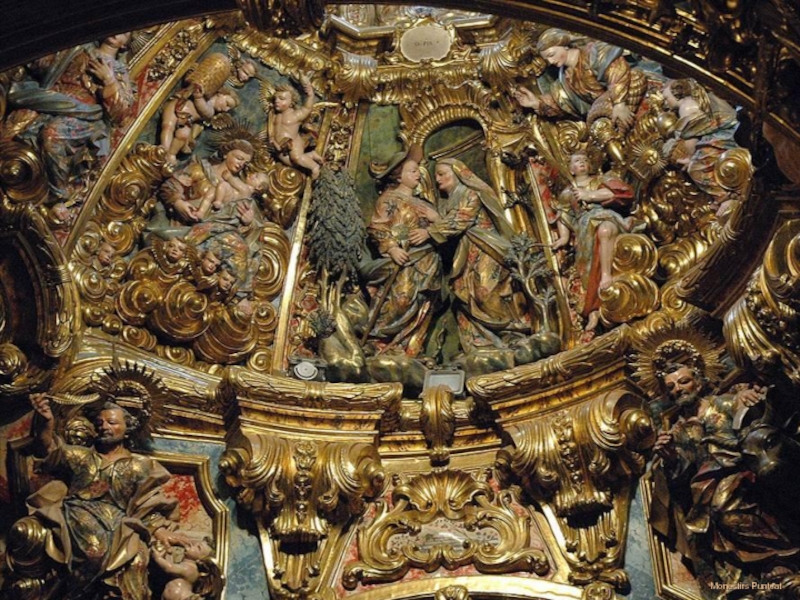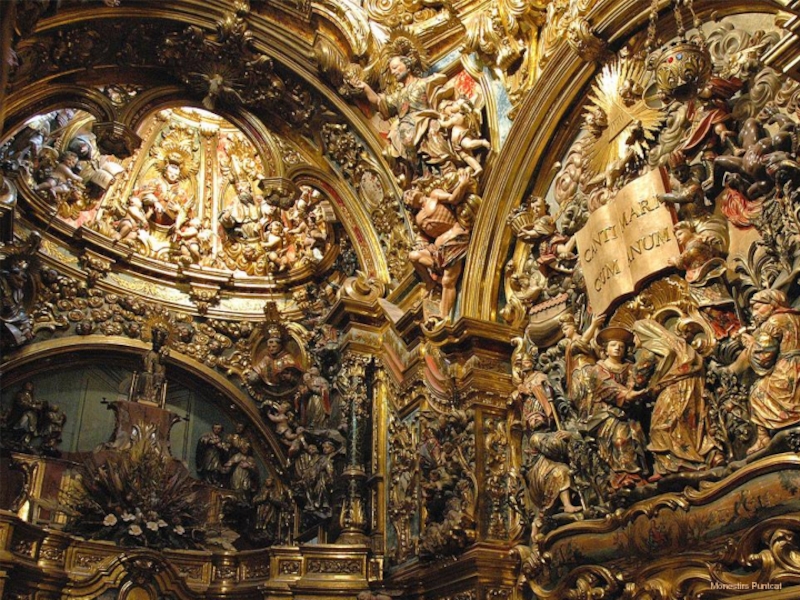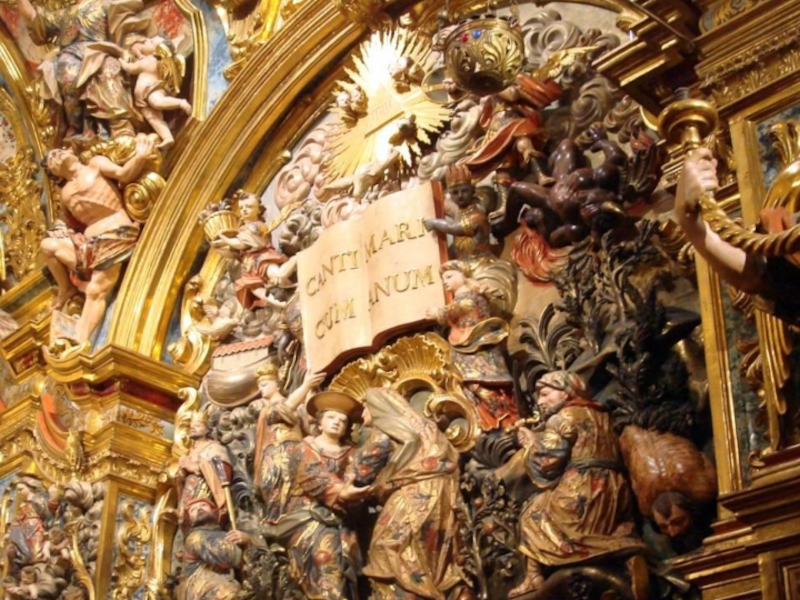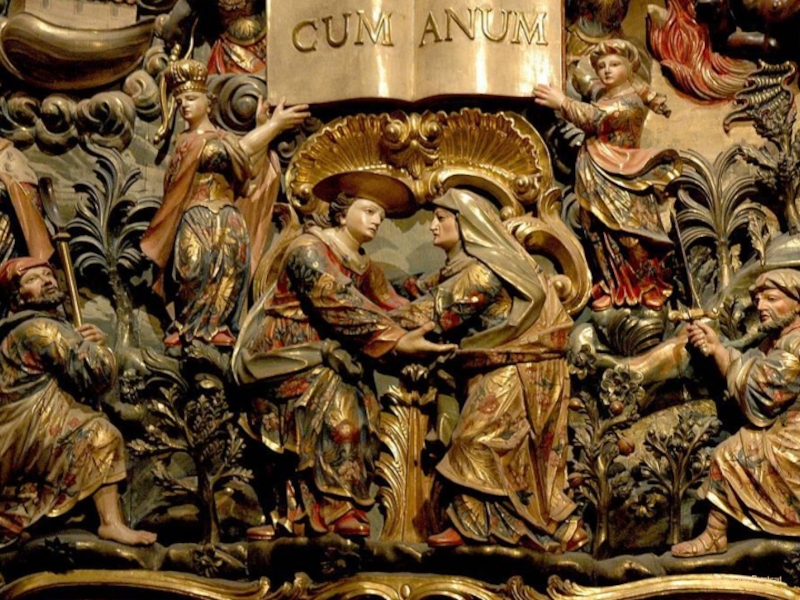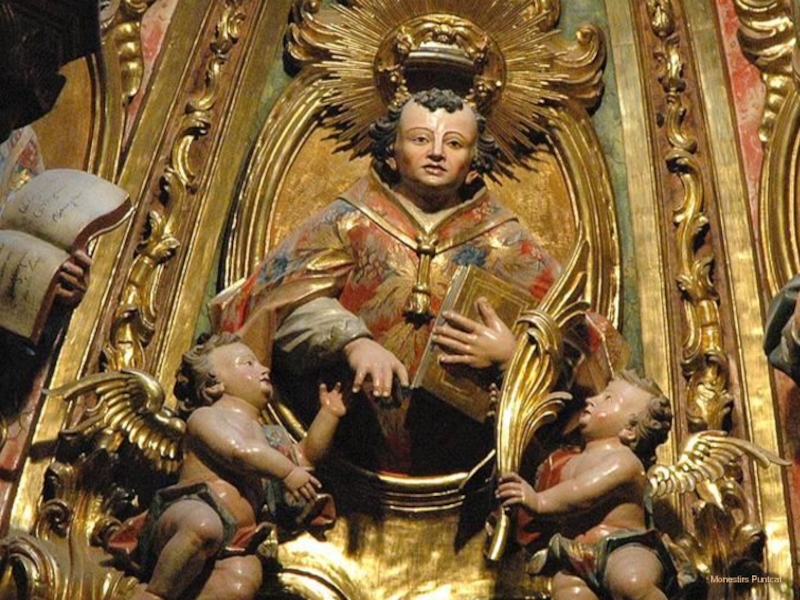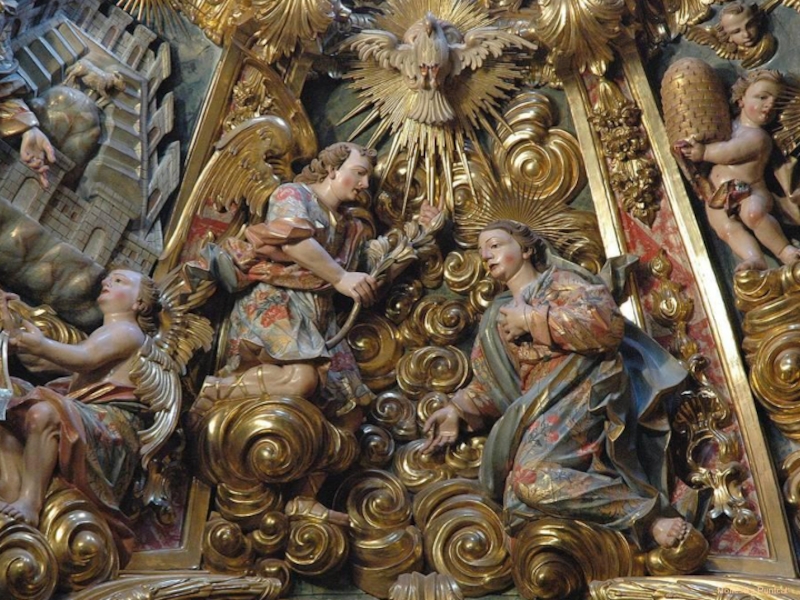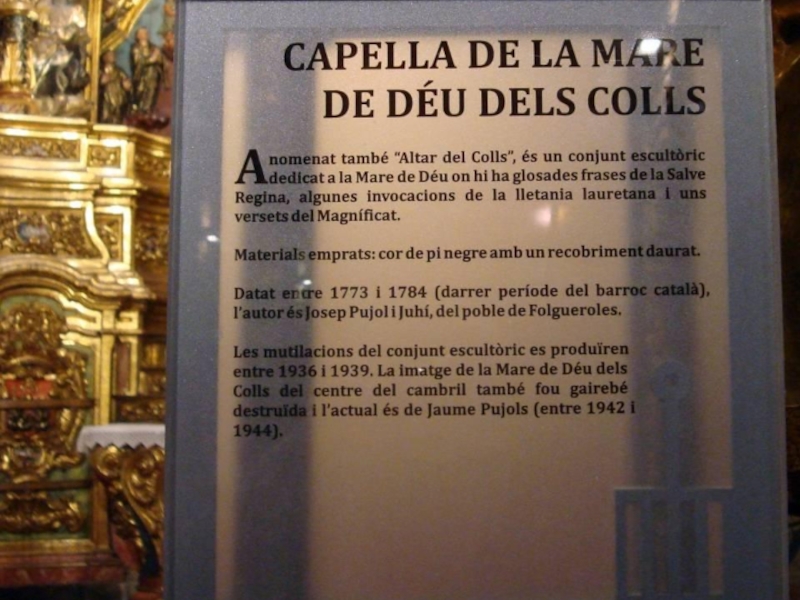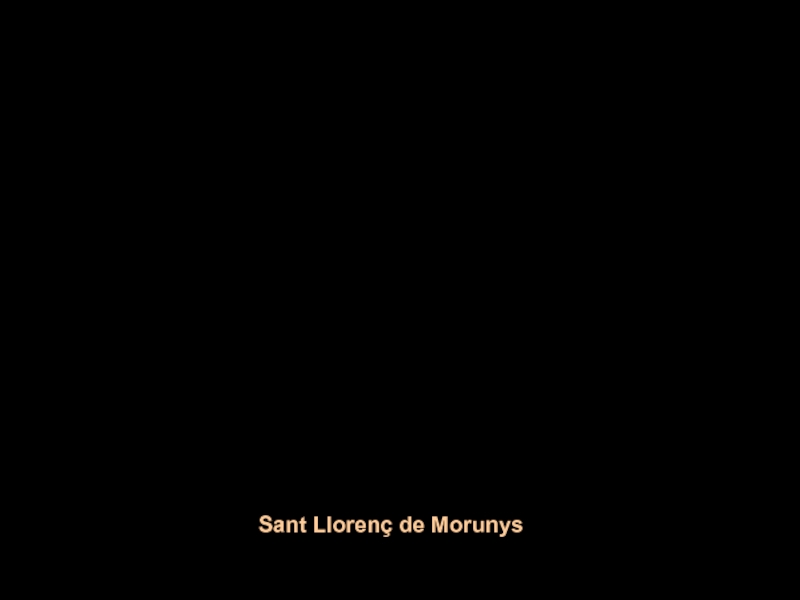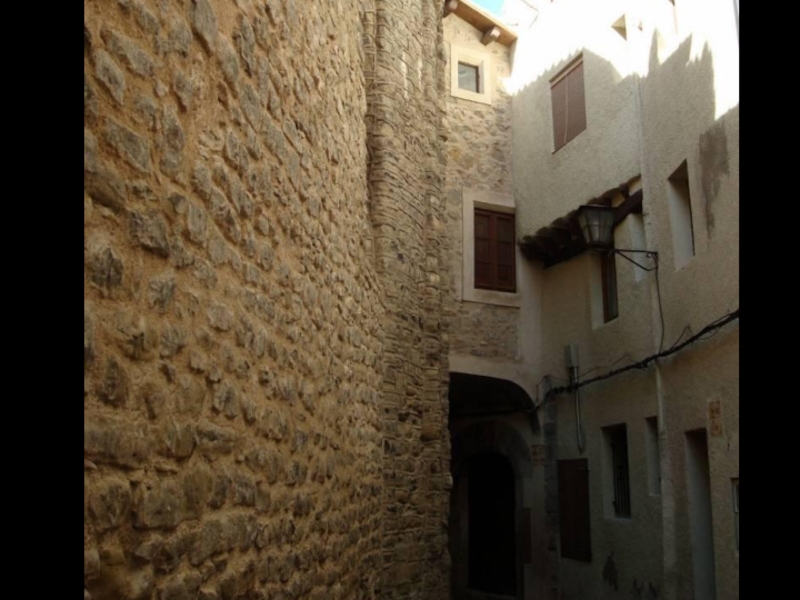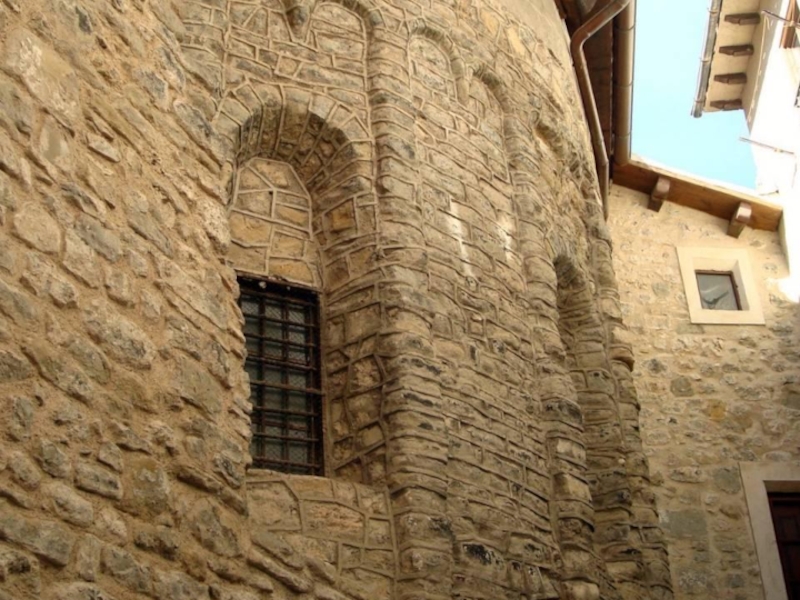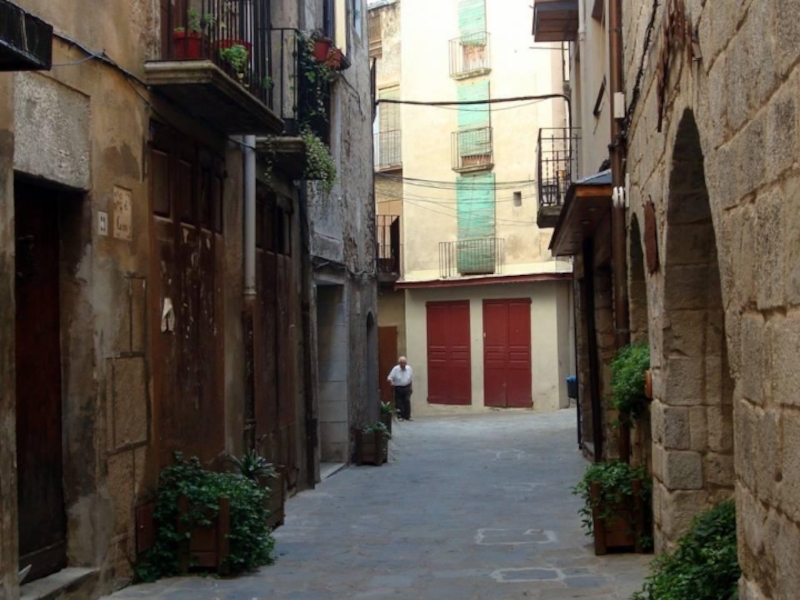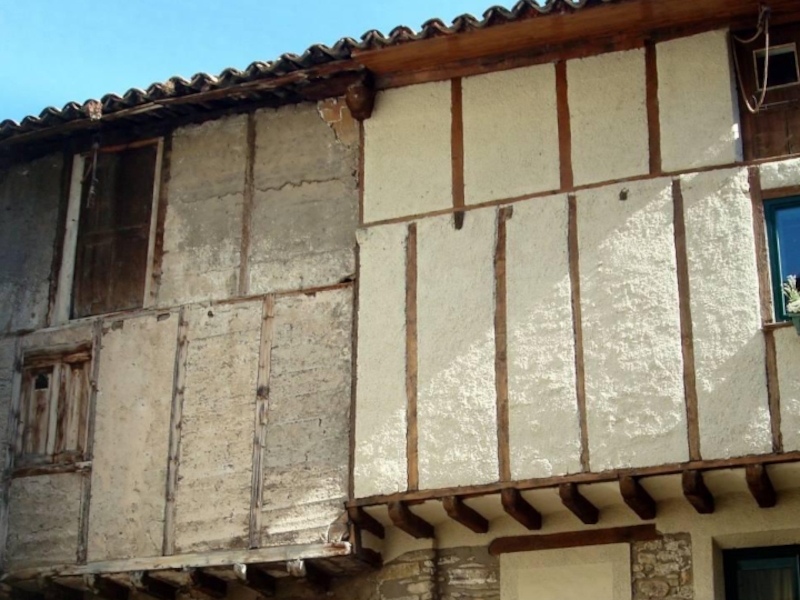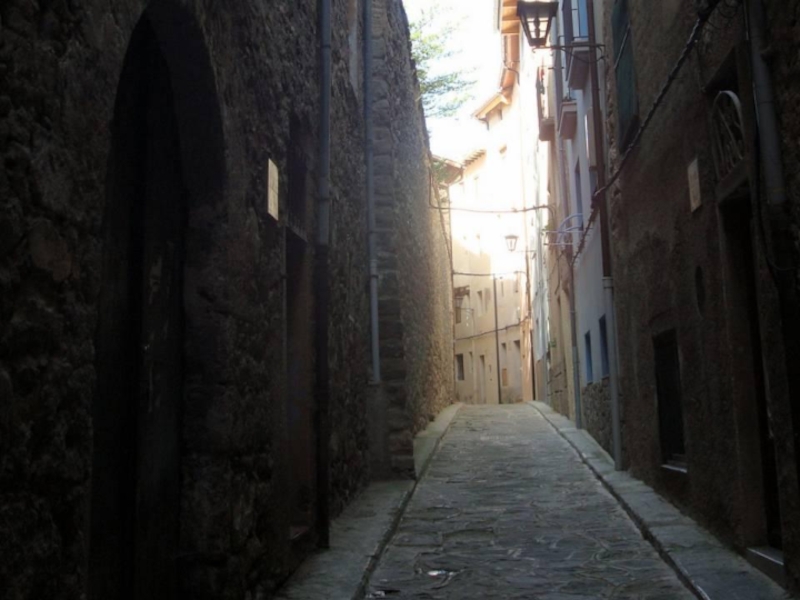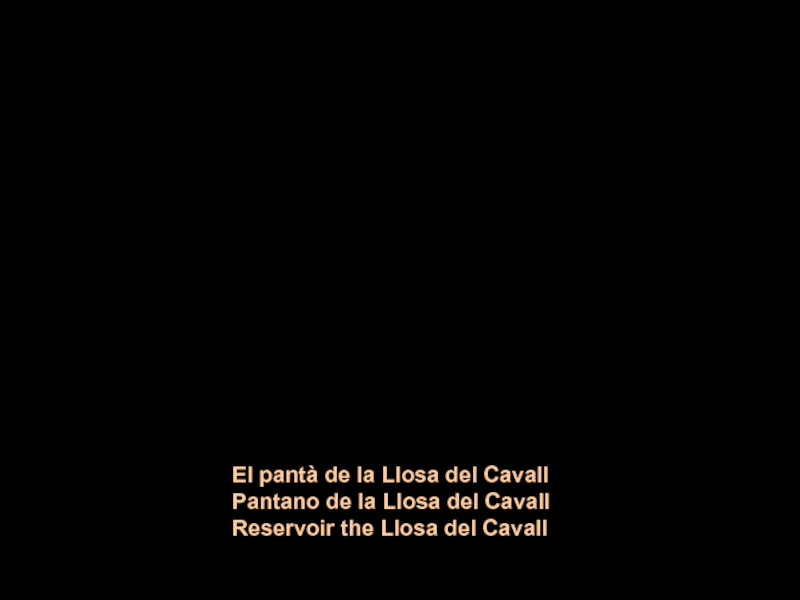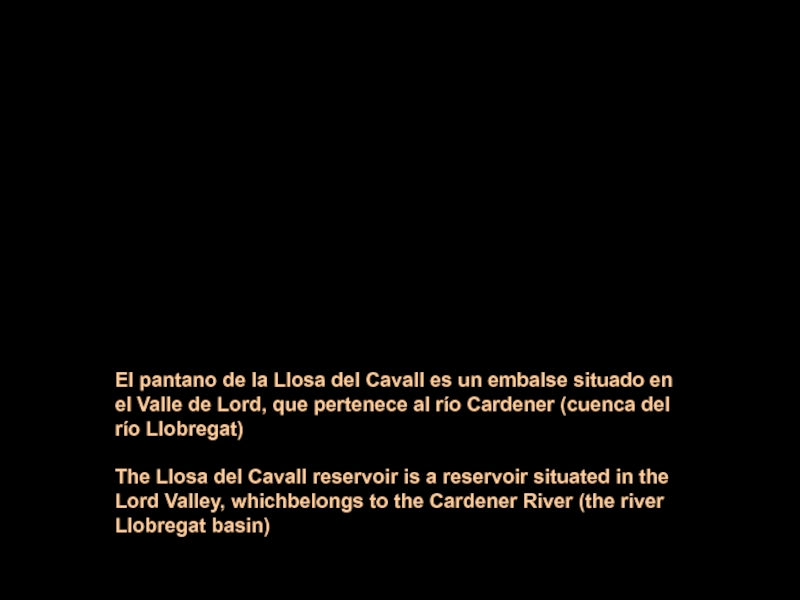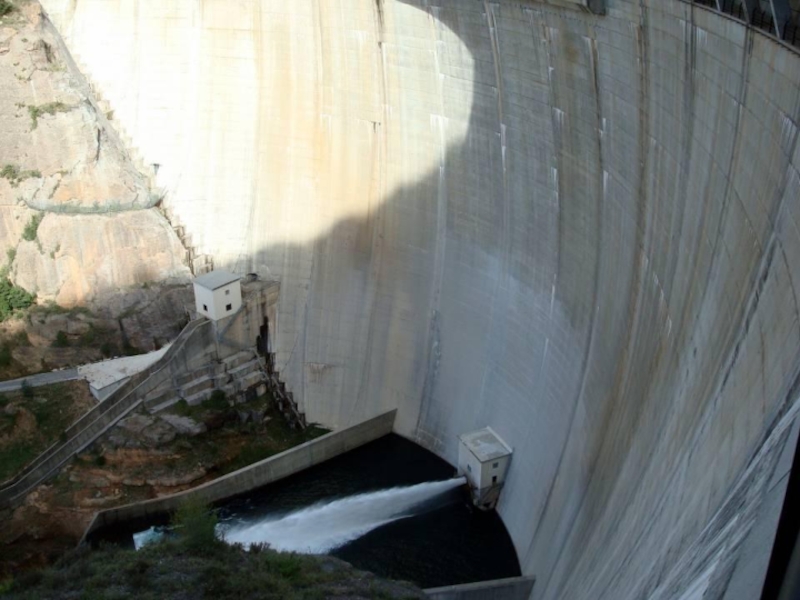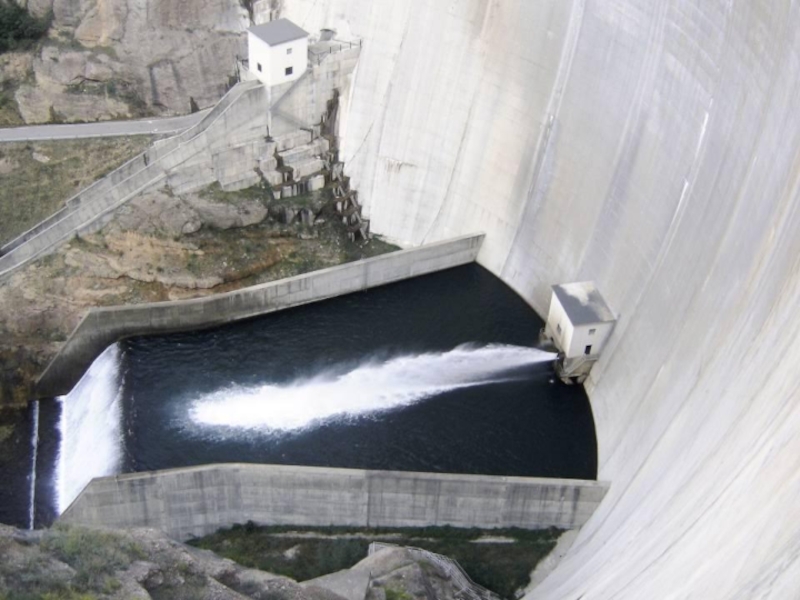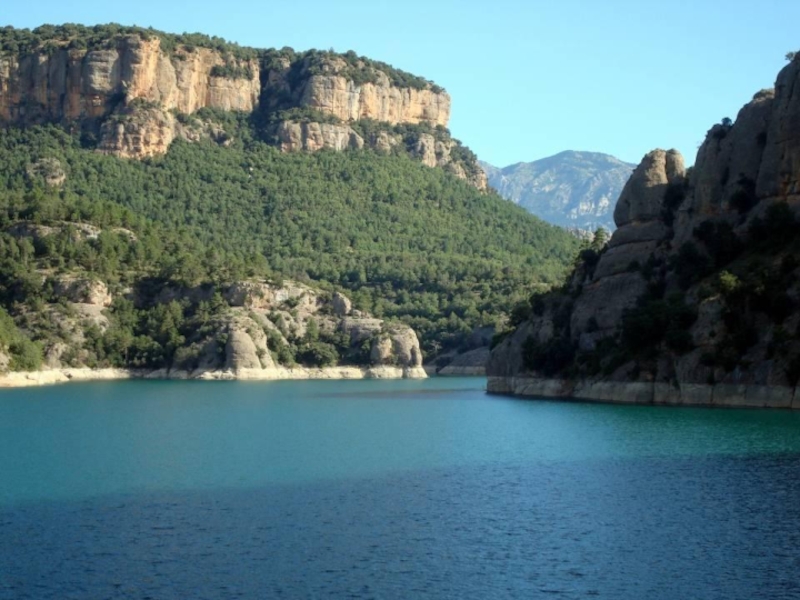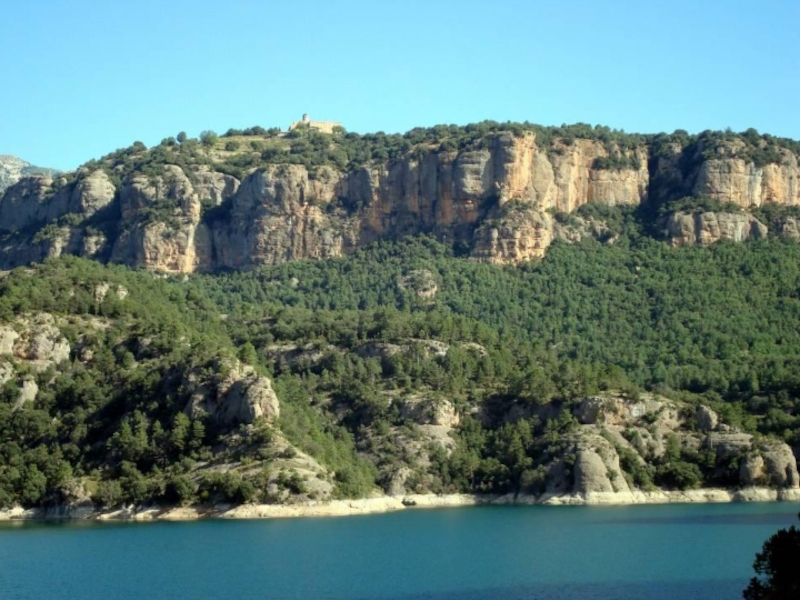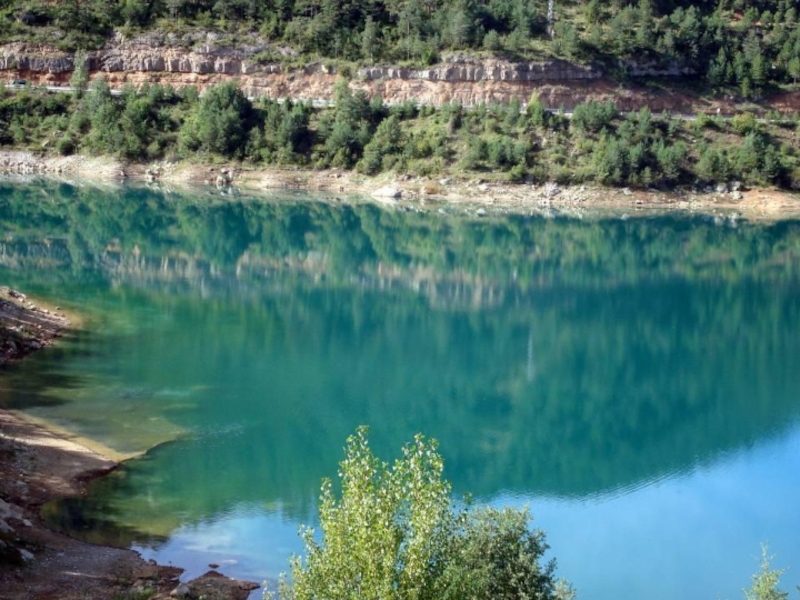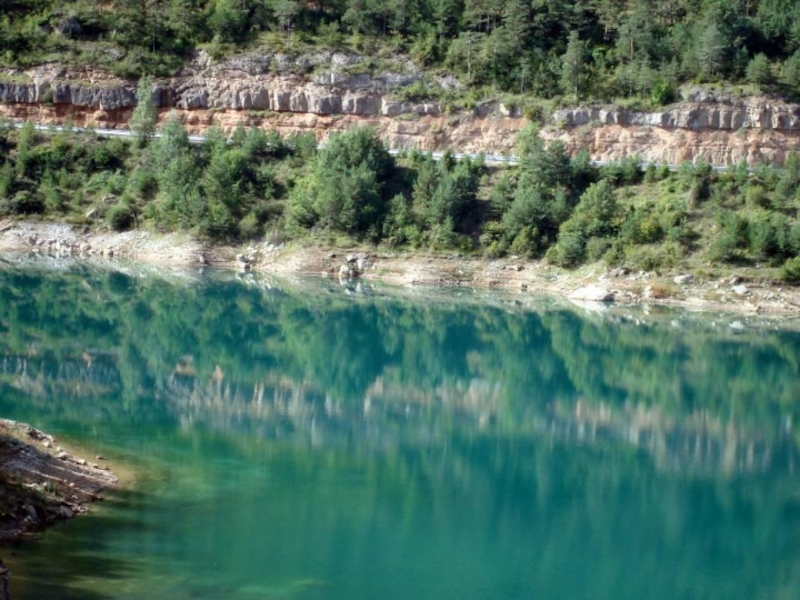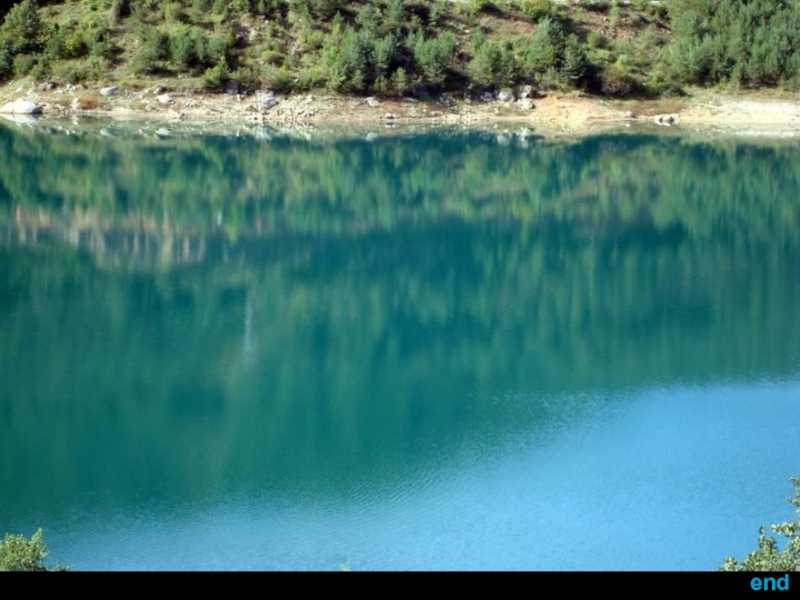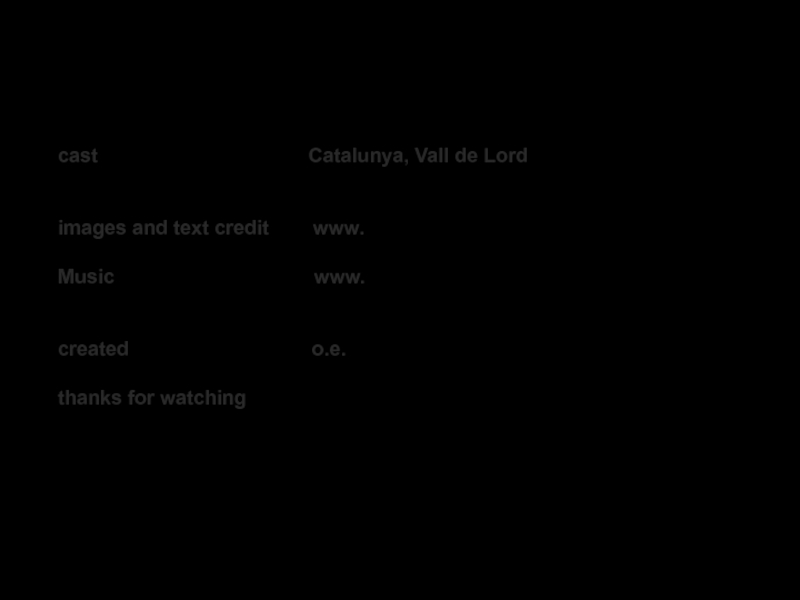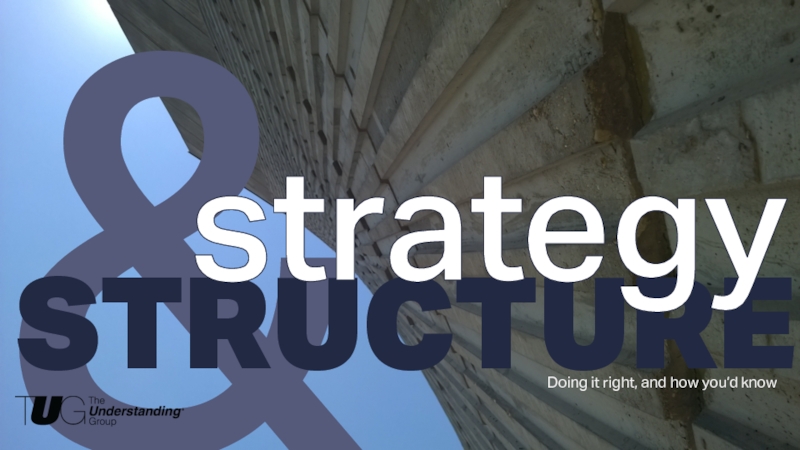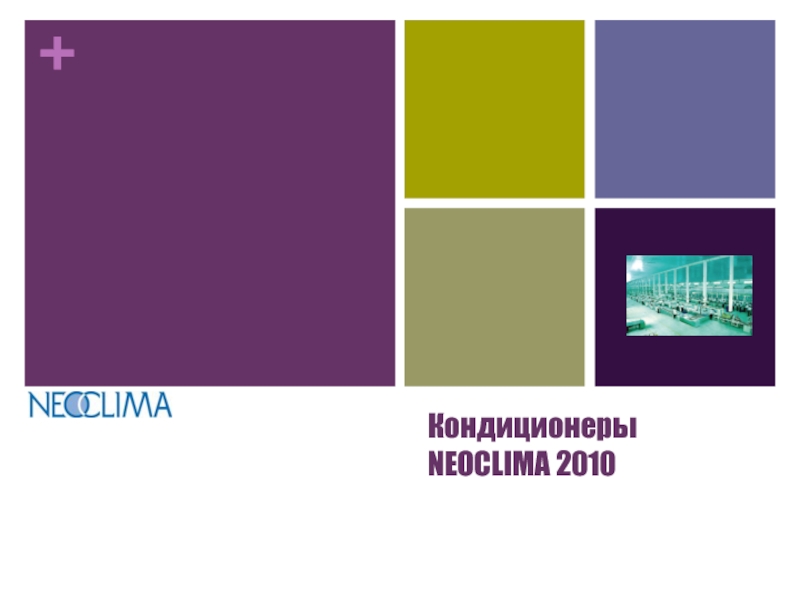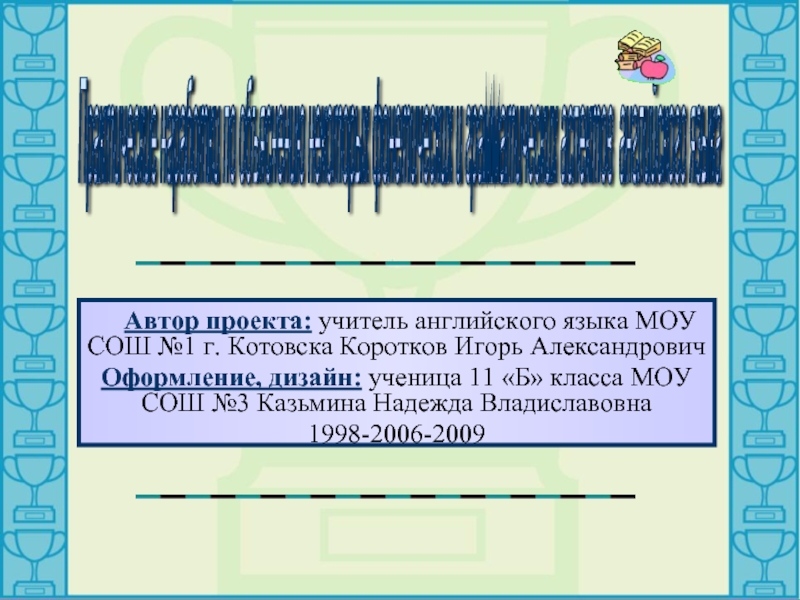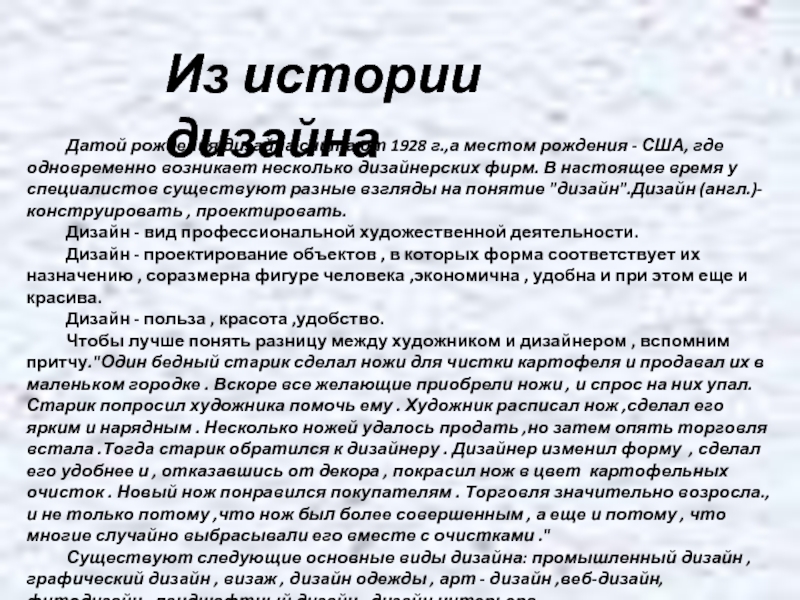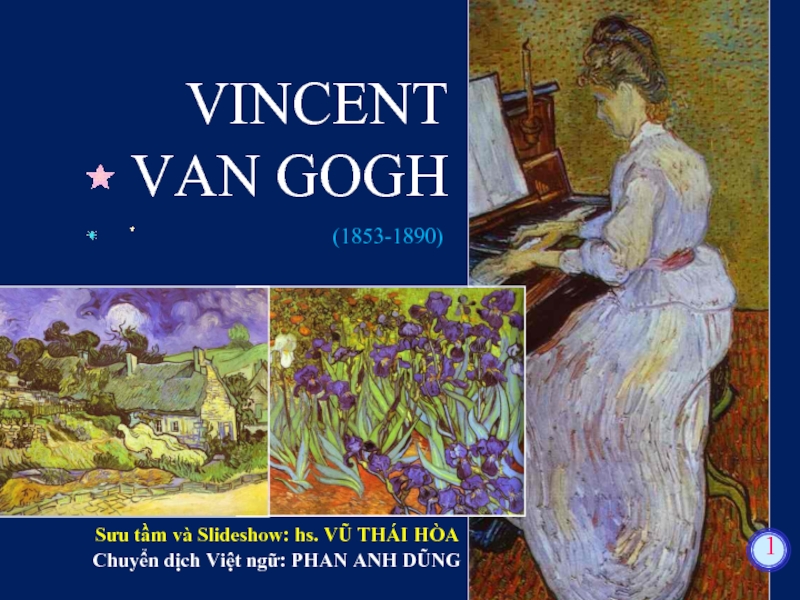Maria de Lord
Convento de Santa Maria de Lord
Shrine of Santa Maria de Lord
Monestir de Sant Llorenç de Morunys
Monasterio de Sant Llorenç de Morunys
Monastery of Sant Llorenç de Morunys
Sant Llorenç de Morunys
Pantà de la Llosa del Cavall
Pantano de la Llosa del Cavall
Reservoir the Llosa del Cavall
- Главная
- Разное
- Дизайн
- Бизнес и предпринимательство
- Аналитика
- Образование
- Развлечения
- Красота и здоровье
- Финансы
- Государство
- Путешествия
- Спорт
- Недвижимость
- Армия
- Графика
- Культурология
- Еда и кулинария
- Лингвистика
- Английский язык
- Астрономия
- Алгебра
- Биология
- География
- Детские презентации
- Информатика
- История
- Литература
- Маркетинг
- Математика
- Медицина
- Менеджмент
- Музыка
- МХК
- Немецкий язык
- ОБЖ
- Обществознание
- Окружающий мир
- Педагогика
- Русский язык
- Технология
- Физика
- Философия
- Химия
- Шаблоны, картинки для презентаций
- Экология
- Экономика
- Юриспруденция
Catalonia, Valley of the Lord презентация
Содержание
- 4. Catalunya, Vall de Lord Catalonia, Valley of
- 5. Convent de Santa Maria de Lord Convento
- 6. La iglesia de Santa Maria de
- 7. A partir del siglo XII el
- 8. Gracias a la popularidad y las
- 13. Cañón abandonado en las guerras Carlistas Canon abandoned in the Carlist Wars
- 15. Santuario de Lord Shrine of Lord lluismayolas.blogspot.com
- 20. Iglesia del santuario Church of the shrine
- 25. comunitatdelord.org
- 26. comunitatdelord.org
- 28. albertsolerd.blogspot.com Santuario de Lord y el embalse
- 29. comunitatdelord.org
- 30. comunitatdelord.org
- 31. Monestir de Sant Llorenç de Morunys Monasterio
- 32. Origen El origen del monasterio de Sant
- 34. Canónica secular Los años que siguieron fueron
- 35. Iglesia de Sant Llorenç de Morunys Church of Sant Llorenç de Morunys
- 36. Monestirs Puntcat Portal de la iglesia Portal of the church
- 37. Monestirs Puntcat Portal de la iglesia Portal of the church
- 38. Monestirs Puntcat Claustro Cloister
- 49. Arquitectura Del antiguo monasterio se conserva su
- 50. Retablos Entre otro mobiliario, es preciso destacar
- 51. Monestirs Puntcat La nave central The central nave
- 52. Retablo de San Miguel y San Juan Bautista Altarpiece of San Miguel and San Juan Bautista Monestirs Puntcat
- 53. Retablo del Espíritu Santo Altarpiece of the Holy Spirit Monestirs Puntcat
- 54. San Juan en Patmos San Juan in Patmos Monestirs Puntcat
- 55. Pentecostés Pentecost Monestirs Puntcat
- 56. Monestirs Puntcat Desposorios de la Virgen Anunciación Marriage of the Virgin Annunciation
- 57. Monestirs Puntcat Resurrección de Drusiana Resurrection of Drusiana
- 58. Monestirs Puntcat Prueba de la bebida envenenad Martirio de San Juan The drink test envenenad martyrdom of San Juan
- 59. Retablo de San Miguel y San Juan
- 60. Retablo de San Miguel y San Juan Bautista Altarpiece of San Miguel and San Juan Bautista Monestirs Puntcat
- 61. Monestirs Puntcat San Miguel y San Juan Bautista San Miguel and San Juan Bautista
- 62. Calvario Calvario Monestirs Puntcat
- 63. Monestirs Puntcat Dolorosa, Cristo muerto, Juan Evangelista Dolorosa, Dead Christ, John the Evangelist
- 64. San Pedro, Santa Eulalia Saint Peter,Saint Eulalia Monestirs Puntcat
- 65. Retablo de la Mare de Déu dels
- 66. Monestirs Puntcat
- 67. Monestirs Puntcat
- 68. Monestirs Puntcat
- 70. Monestirs Puntcat
- 71. Monestirs Puntcat
- 72. Monestirs Puntcat
- 74. Sant Llorenç de Morunys
- 80. El pantà de la Llosa del Cavall
- 81. El pantano de la Llosa del
- 88. end
- 89. cast
Слайд 6
La iglesia de Santa Maria de Lord figura en la donación
de ésta al monasterio de Sant Llorenç de Morunys en un testamento otorgado el 992, cesión que fue ratificada en 1065 por el conde Ermengol IV de Urgell. Más adelante el lugar se convirtió en un importante santuario mariano donde se veneraba la imagen de la Virgen de Lord milagrosamente hallada por un buey, según la leyenda.
The Church of Santa Maria of Lord figure in this donation to the monastery ofSant Llorenç de Morunys in probate granted the 992, assignment that was ratifiedin 1065 by the count Ermengol IV of Urgell. The place later became an importantMarian Sanctuary where is venerated the image of the Virgin of the Lordmiraculously found by an ox, according to the legend.
The Church of Santa Maria of Lord figure in this donation to the monastery ofSant Llorenç de Morunys in probate granted the 992, assignment that was ratifiedin 1065 by the count Ermengol IV of Urgell. The place later became an importantMarian Sanctuary where is venerated the image of the Virgin of the Lordmiraculously found by an ox, according to the legend.
Слайд 7
A partir del siglo XII el santuario se benefició de las
donaciones de los devotos de la imagen, por otra parte hay noticias que indican que en el lugar había una comunidad de deodatos y ermitaños que residía aquí. En 1587 se reunió una comunidad dominica, el primer superior de aquel convento fue fray Bartomeu Micó. Estos estuvieron poco tiempo, en 1634 presentaron su renuncia al prior de Sant Llorenç de Morunys, quizás debido a su aislamiento y haber sufrido actos de bandidaje. Con ello el santuario se benefició de las mejoras efectuadas por los dominicos y a finales del mismo siglo todavía se hicieron importantes obras de restauración.
From the 12th century. the Sanctuary has benefited from donations from devotees of the image, onthe other hand there is news that indicate that there was a community of deodatos and hermit wholived here in the place. In 1587 he met a Dominican community, the first superior of the conventwas fray Bartomeu Micó. These were shortly, in 1634 presented his resignation to the prior of SantLlorenç de Morunys, perhaps due to their isolation and have suffered acts of banditry. This shrinehas benefited from the improvements made by the Dominicans, and at the end of the samecentury major restoration works were still made.
From the 12th century. the Sanctuary has benefited from donations from devotees of the image, onthe other hand there is news that indicate that there was a community of deodatos and hermit wholived here in the place. In 1587 he met a Dominican community, the first superior of the conventwas fray Bartomeu Micó. These were shortly, in 1634 presented his resignation to the prior of SantLlorenç de Morunys, perhaps due to their isolation and have suffered acts of banditry. This shrinehas benefited from the improvements made by the Dominicans, and at the end of the samecentury major restoration works were still made.
Слайд 8
Gracias a la popularidad y las donaciones recibidas, a finales del
siglo XVIII se levantó una nueva iglesia, que perduró hasta 1836, cuando el lugar fue destruido a causa de las guerras Carlistas, después de haber sufrido anteriormente un saqueo durante la guerra del Francés. En 1867 se puso la primera piedra del nuevo templo, consagrado en 1870. En 1881 acogió una comunidad trapense durante dos años, tras los cuales se desplazaron a Bellpuig de les Avellanes. En 1896 el lugar fue víctima de un incendio y aún sufrió un saqueo en 1936.
Thanks to the popularity and donations received in the late eighteenth century a new church, which lasted until 1836, when the site was destroyed because of the Carlist wars, having previously suffered looting during the French war rose. In 1867 the first stone of the new church, consecrated in 1870 In 1881 he hosted a Trappist community for two years, after which they moved to Bellpuig of Avellanes. In 1896 the place was gutted by fire and looting still suffered in 1936.
Thanks to the popularity and donations received in the late eighteenth century a new church, which lasted until 1836, when the site was destroyed because of the Carlist wars, having previously suffered looting during the French war rose. In 1867 the first stone of the new church, consecrated in 1870 In 1881 he hosted a Trappist community for two years, after which they moved to Bellpuig of Avellanes. In 1896 the place was gutted by fire and looting still suffered in 1936.
Слайд 28albertsolerd.blogspot.com
Santuario de Lord y el embalse de la Llosa del Caball
al fondo. Imágen tomada desde el mirador de la Creu de Codó
Shrine of Lord and the reservoir of the Llosa del Caball the background. Image taken from the Mirador de the Creu de Codo
Shrine of Lord and the reservoir of the Llosa del Caball the background. Image taken from the Mirador de the Creu de Codo
Слайд 31Monestir de Sant Llorenç de Morunys
Monasterio de Sant Llorenç de Morunys
Monastery
of Sant Llorenç de Morunys
Слайд 32Origen
El origen del monasterio de Sant Llorenç de Morunys lo encontramos
en una comunidad de clérigos o canónigos regulares localizada en este lugar desde antiguo: hacia el 885. El primer abad conocido es Bo, hacia el 910. Inicialmente era conocido como Sant Llorenç de la Vall de Lord, pero a partir de 992 pasó a estar bajo la advocación de Sant Llorenç de Morunys. Su importancia creció bajo la protección de la casa de Urgell. Tenía diversas iglesias que dependían del monasterio, además de otros bienes y propiedades.
Origin
The origin of the monastery of Sant Llorenç de Morunys is found in a communityof clerics or canons regular located in this place since ancient times: to the 885.The first known Abbot is Bo, the 910. It was originally known as Sant Llorenç inthe Vall de Lord, but from 992 it came under the patronage of Sant Llorenç deMorunys. Its importance grew under the protection of the House of Urgell. It haddifferent churches that depended on the monastery, as well as other goods andproperties.
Origin
The origin of the monastery of Sant Llorenç de Morunys is found in a communityof clerics or canons regular located in this place since ancient times: to the 885.The first known Abbot is Bo, the 910. It was originally known as Sant Llorenç inthe Vall de Lord, but from 992 it came under the patronage of Sant Llorenç deMorunys. Its importance grew under the protection of the House of Urgell. It haddifferent churches that depended on the monastery, as well as other goods andproperties.
Слайд 34Canónica secular
Los años que siguieron fueron de prosperidad. A finales del
siglo XIII se comenzó a ocupar las inmediaciones del monasterio, lo que dio origen a la fundación de la villa del mismo nombre. El 1592 se secularizó y los miembros de la comunidad fueron a Gerri. El 1593 fue creado el obispado de Solsona pasando a ser una colegiata ligada a la nueva mitra. La iglesia, ejerce aún las funciones parroquiales, desde la fundación de la villa de Sant Llorenç.
Secular canonical
The years that followed were of prosperity. At the end of the 13th century it began to occupy the vicinity of the monastery, which gave rise to the founding of the town of the same name. The 1592 secularized and members of the community were to Gerri. The 1593 was created the bishopric of Solsona becoming a collegiate church linked to the new mitra. The Church, exercised even the parish functions, since the founding of the town of Sant Llorenç.
Secular canonical
The years that followed were of prosperity. At the end of the 13th century it began to occupy the vicinity of the monastery, which gave rise to the founding of the town of the same name. The 1592 secularized and members of the community were to Gerri. The 1593 was created the bishopric of Solsona becoming a collegiate church linked to the new mitra. The Church, exercised even the parish functions, since the founding of the town of Sant Llorenç.
Слайд 49Arquitectura
Del antiguo monasterio se conserva su iglesia, un edificio del siglo
XI con tres naves separadas por pilares y tres ábsides. Está cubierta con bóveda de cañón en la nave central y con bóvedas de arista las laterales. El ábside del sur se derribó con la finalidad de levantar la capilla de la Mare de Déu dels Colls.
El campanario es del siglo XII, muy modificado. Al sur del templo se encuentra el claustro, obra del siglo XVI, levantado sobre un posible claustro anterior, tal vez más simple. Todo el conjunto ha sido modificado y restaurado en el curso de los siglos.
Architecture
Of the old monastery is preserved its church, a building of the 11th century with three naves separated by columns and three apses. The side is covered with groin vaults and vault in the nave. The southern apse was demolished in order to raise the chapel of la Mare de Déu dels Colls.
The Bell Tower is from the 12th century, very customized. The cloister, the work of the 16th century, built on a possible earlier, perhaps more simple cloister is located south of the temple. The whole has been modified and restored in the course of the centuries.
El campanario es del siglo XII, muy modificado. Al sur del templo se encuentra el claustro, obra del siglo XVI, levantado sobre un posible claustro anterior, tal vez más simple. Todo el conjunto ha sido modificado y restaurado en el curso de los siglos.
Architecture
Of the old monastery is preserved its church, a building of the 11th century with three naves separated by columns and three apses. The side is covered with groin vaults and vault in the nave. The southern apse was demolished in order to raise the chapel of la Mare de Déu dels Colls.
The Bell Tower is from the 12th century, very customized. The cloister, the work of the 16th century, built on a possible earlier, perhaps more simple cloister is located south of the temple. The whole has been modified and restored in the course of the centuries.
Слайд 50Retablos
Entre otro mobiliario, es preciso destacar en el interior de la
iglesia un conjunto de tres retablos:
Retablo del Espíritu Santo (s. XIV), de Pere Serra. Consta de tres calles y una predela. En la calle central se encuentra la representación del Pentecostés, como tema central. Encima, San Juan Evangelista en Patmos. En la calle de la izquierda: Desposorios de la Virgen; Anunciación; Bautizo de Jesús. En la calle de la derecha: Prueba de la bebida envenenada; Martirio en Puerta Latina; Resurrección de Drusiana.
Altarpieces
Among other furniture, it is necessary to highlight a set of three altarpieces in the interior of the Church:
Altarpiece of the Holy Spirit (s. XIV), Pere Serra. It consists of three streets and a predella. In the central street is the representation of the Pentecost, as a central theme. Over, San Juan Evangelista in Patmos. In the street on the left: marriage of the Virgin; Annunciation; Baptism of Jesus. In the street on the right: proof of the poisoned drink; Martyrdom in door Latin; Resurrection of Drusiana.
Retablo del Espíritu Santo (s. XIV), de Pere Serra. Consta de tres calles y una predela. En la calle central se encuentra la representación del Pentecostés, como tema central. Encima, San Juan Evangelista en Patmos. En la calle de la izquierda: Desposorios de la Virgen; Anunciación; Bautizo de Jesús. En la calle de la derecha: Prueba de la bebida envenenada; Martirio en Puerta Latina; Resurrección de Drusiana.
Altarpieces
Among other furniture, it is necessary to highlight a set of three altarpieces in the interior of the Church:
Altarpiece of the Holy Spirit (s. XIV), Pere Serra. It consists of three streets and a predella. In the central street is the representation of the Pentecost, as a central theme. Over, San Juan Evangelista in Patmos. In the street on the left: marriage of the Virgin; Annunciation; Baptism of Jesus. In the street on the right: proof of the poisoned drink; Martyrdom in door Latin; Resurrection of Drusiana.
Слайд 52Retablo de San Miguel y San Juan Bautista
Altarpiece of San Miguel and San Juan Bautista
Monestirs Puntcat
Слайд 58Monestirs Puntcat
Prueba de la bebida envenenad Martirio de San Juan
The drink test envenenad martyrdom of San Juan
Слайд 59Retablo de San Miguel y San Juan Bautista (s. XV), obra
de Bernat Despug y Jaume Cirera. Retablo des tres calles con predela. En la calle central se encuentra la tabla con los santos titulares. Encima, un Calvario. La calle de la izquierda está dedicada a San Miguel y tiene los siguientes compartimentos: Caída de los ángeles rebeldes; Milagro del Monte Gargano; San Miguel pesando las almas. En la calle de la derecha y de arriba abajo: Nacimiento del Bautista; Bautismo de Jesús; Banquete de Herodes, con la degollación de san Juan. En la predela, y de izquierda a derecha: San Pedro, Santa Eulalia, la Dolorosa, Cristo muerto, San Juan Baptista, Santa Catalina de Alejandría y San Pablo.
Altarpiece of San Miguel and San Juan Bautista (s. XV), work of Bernat Despug andJaume Cirera. Altar des three streets with predella. In the central street the tablemeets the titular Saints. Above, an ordeal. The street on the left is dedicated to SanMiguel and has the following compartments: fall of the rebel Angels; Miracle ofMonte Gargano. San Miguel weighing souls. In the street right and up down: birthof the Baptist; Baptism of Jesus; Feast of Herod, with decapitation of san Juan. Inthe predella, and from left to right: San Pedro, Santa Eulalia, our Lady of Sorrows,dead Christ, San Juan Baptista, Saint Catherine of Alexandria and St. Paul.
Altarpiece of San Miguel and San Juan Bautista (s. XV), work of Bernat Despug andJaume Cirera. Altar des three streets with predella. In the central street the tablemeets the titular Saints. Above, an ordeal. The street on the left is dedicated to SanMiguel and has the following compartments: fall of the rebel Angels; Miracle ofMonte Gargano. San Miguel weighing souls. In the street right and up down: birthof the Baptist; Baptism of Jesus; Feast of Herod, with decapitation of san Juan. Inthe predella, and from left to right: San Pedro, Santa Eulalia, our Lady of Sorrows,dead Christ, San Juan Baptista, Saint Catherine of Alexandria and St. Paul.
Слайд 60Retablo de San Miguel y San Juan Bautista
Altarpiece of San Miguel and San Juan Bautista
Monestirs Puntcat
Слайд 63Monestirs Puntcat
Dolorosa, Cristo muerto, Juan Evangelista
Dolorosa, Dead Christ, John the Evangelist
Слайд 65Retablo de la Mare de Déu dels Colls (1773), obra barroca
que llena completamente el interior de una capilla. Es obra de Josep Pujol (1734-1809).
Altarpiece of the Mare de Déu dels Colls (1773), Baroque work that completely fillsthe interior of a chapel. It is the work of Josep Pujol (1734-1809).
Altarpiece of the Mare de Déu dels Colls (1773), Baroque work that completely fillsthe interior of a chapel. It is the work of Josep Pujol (1734-1809).
Слайд 80El pantà de la Llosa del Cavall
Pantano de la Llosa
del Cavall
Reservoir the Llosa del Cavall
Reservoir the Llosa del Cavall
Слайд 81
El pantano de la Llosa del Cavall es un embalse situado
en el Valle de Lord, que pertenece al río Cardener (cuenca del río Llobregat)
The Llosa del Cavall reservoir is a reservoir situated in the Lord Valley, whichbelongs to the Cardener River (the river Llobregat basin)
The Llosa del Cavall reservoir is a reservoir situated in the Lord Valley, whichbelongs to the Cardener River (the river Llobregat basin)
Слайд 89cast
Catalunya, Vall de Lord
images and text credit www. Music www.
created o.e. thanks for watching
images and text credit www. Music www.
created o.e. thanks for watching
